It felt a little like walking through the pages of a calendar you’d get at the Scholastic Book Fair, but with the stage haze from a Dio concert blanketing the town at most hours, or like if David Lynch had been hired to direct a movie about exotic cars.
In the morning, Cam unfurled a supple leather C + T watch roll (which you can purchase here) on the kitchen counter and we all strapped on vintage chronos that had some racing heritage to complete the scene. Cam and I both opted for gorgeous examples of ‘60s Heuer – an early ‘60s Carrera 45 with a blue decimeter dial for me, and ‘68 Autavia ref. 2446c Mk. 1 for Cam – a watch not terribly far-removed from the respective Autavia models favored by racing legends Jochen Rindt and Mario Andretti in-period. The Autavia was particularly striking on its original Gay Freres “beads of rice” bracelet. Our photographer for the trip, Cooper Naitove, grabbed a lovely late ‘60s Omega Speedmaster, a watch he’d been flirting with for a while and a watch that looked incredibly at home on his wrist.

When we hit the streets of Carmel for breakfast, the pristine Ferrari 250 GT SWB California Spyder mentioned in the first part of this story remained on the same street corner, seemingly sitting topless in all its glory for days; we even caught it getting a rub down by what I can only assume was its owner (or just a zealous fan of the Cavalino’s classics). Bueller? Bueller.
Our focus on day three was to hit the auction previews, and particularly that of RM Sotheby’s. We needed to see some of the buzz-worthy rarities scheduled to hit the auction block in-the-metal. After all, the auctions were a key part of the whole Car Week affair. As with every year, a few specific cars had garnered a particularly loud buzz and the hitters this year were chiefly track-focused variants of cars that were already considered world-beating icons in their tamest street spec forms: A one-of-one 1989 Ferrari F-40 “Competizione” in a one-off color called Nardo Grey (basically the same milky ceramic gray that’s swept the Euro car world over the past 5 years), a one-of-two 1994 McLaren F1 “LM Specification” model, and a 1981 Ferrari 512 BB/LM racer. Oh, and the winningest Ferrari Formula 1 car chassis of Michael Schumacher’s career was also up for grabs – 1998 F300 chassis #187. All of them looked undeniably beautiful on display, but after our previous day at Laguna Seca, it was hard not to feel like the real magic of these cars was almost wholly lost when stationary. Convention center lighting and plush carpeting really mutes the power these cars project, and while it’s admittedly easy to be spoiled by the rare symphony of engine sounds, smells, and speeds we’d experienced at the track watching historic race cars blast around, there is no denying the fact that a museum setting loses a key element. Still, it was a privilege to see these cars up-close, before the hammers struck, before they went on to new owners, and before they very possibly left California to be sequestered away in private collections for more untold years.
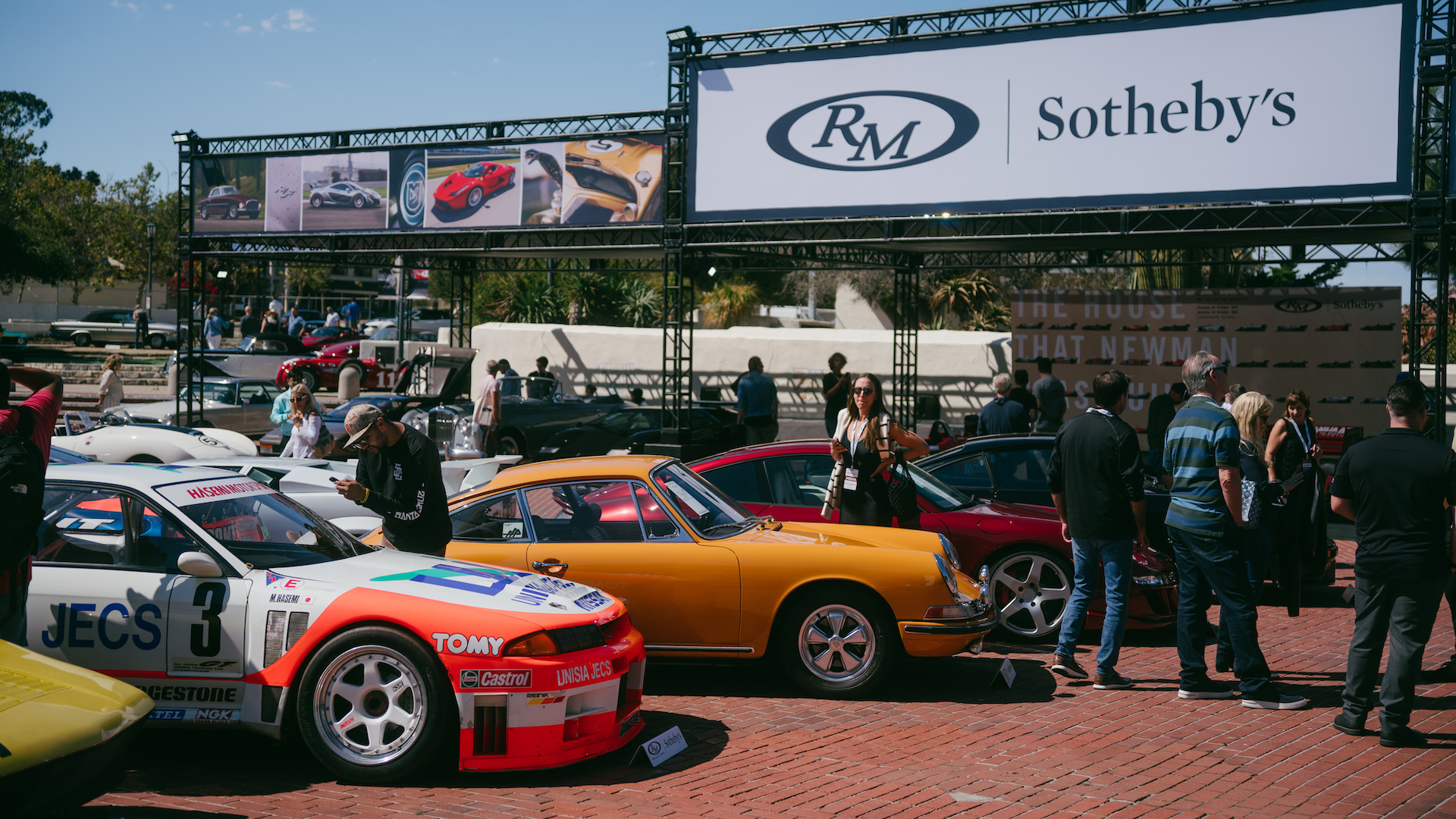
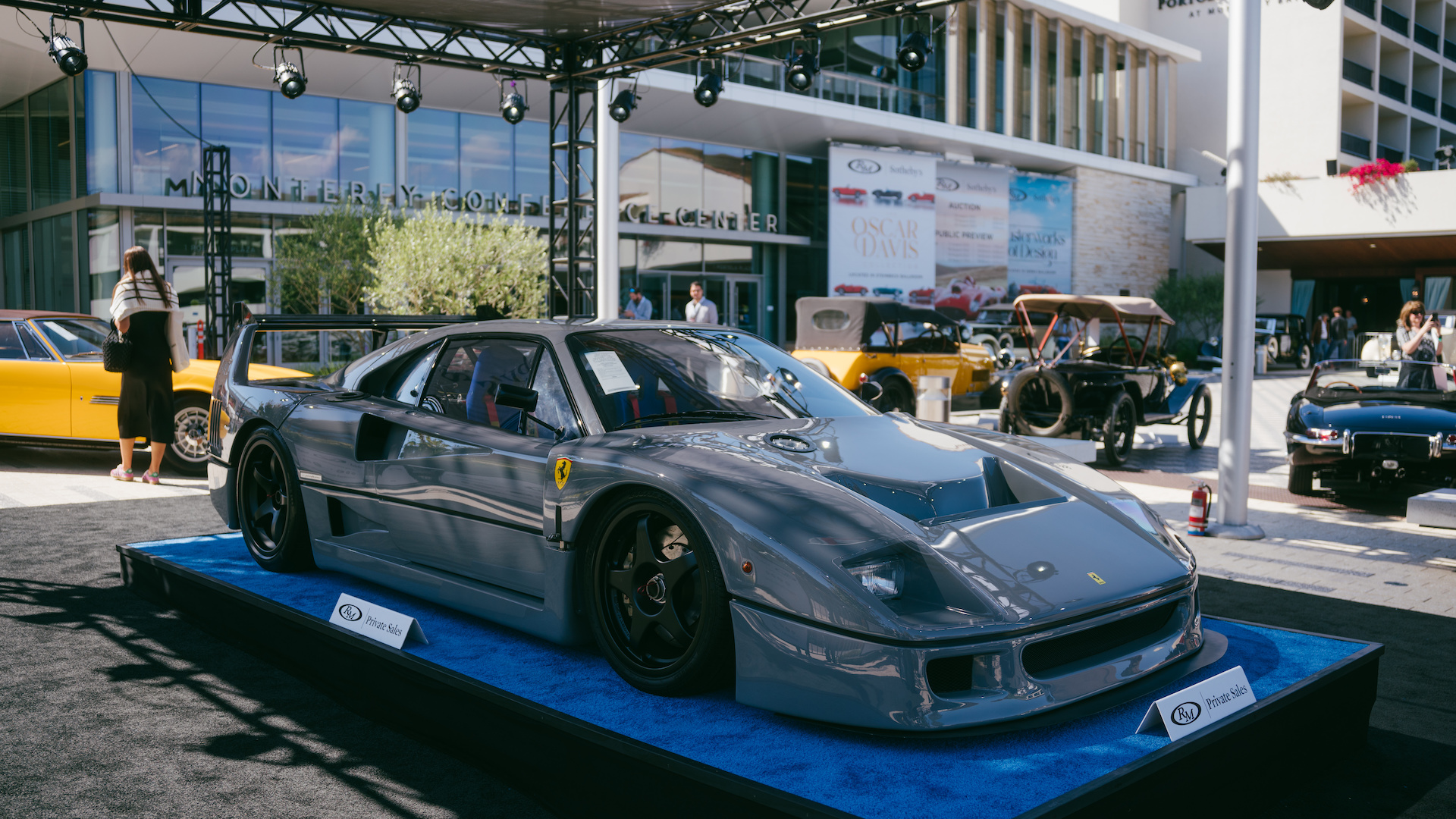
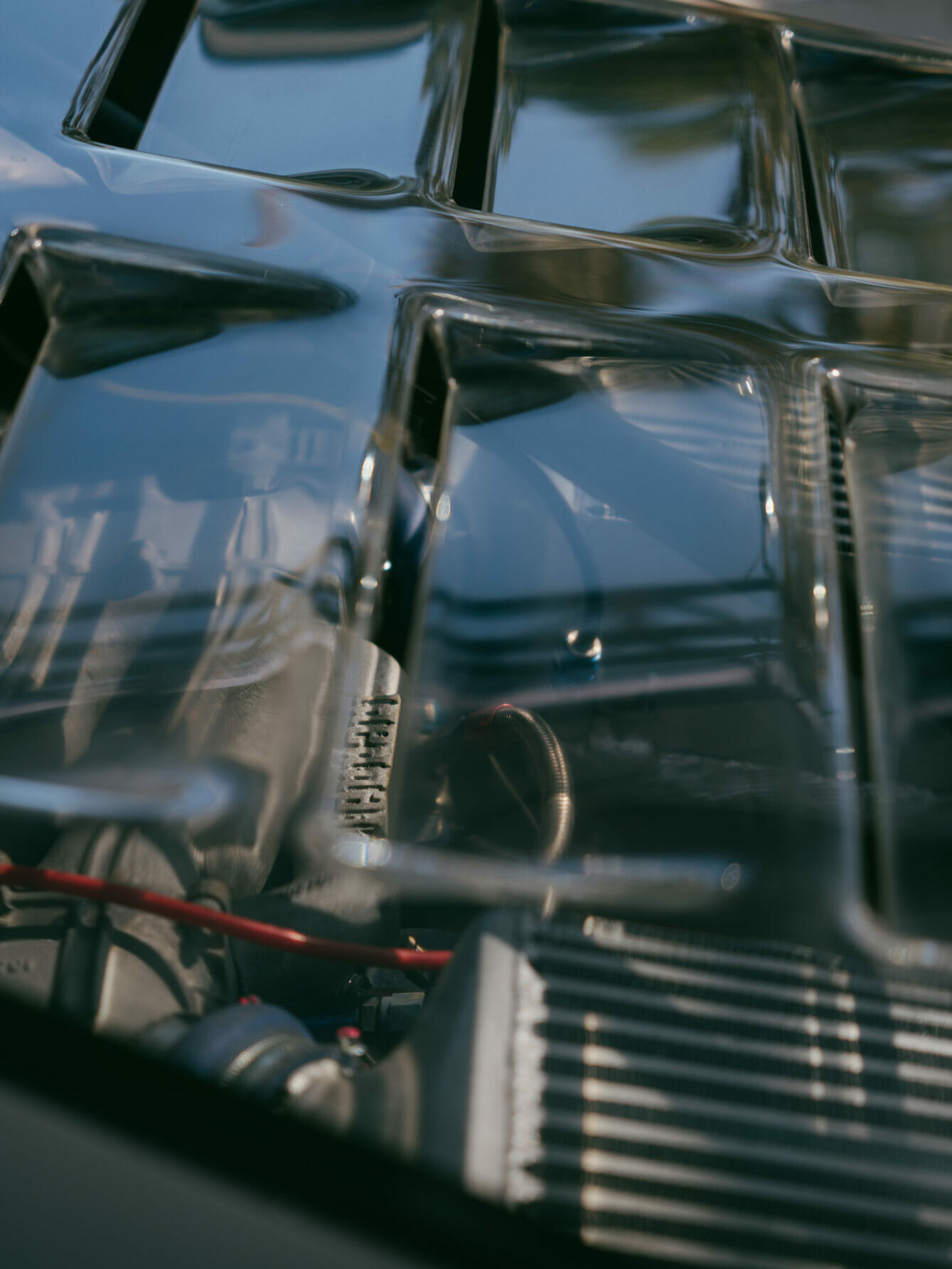
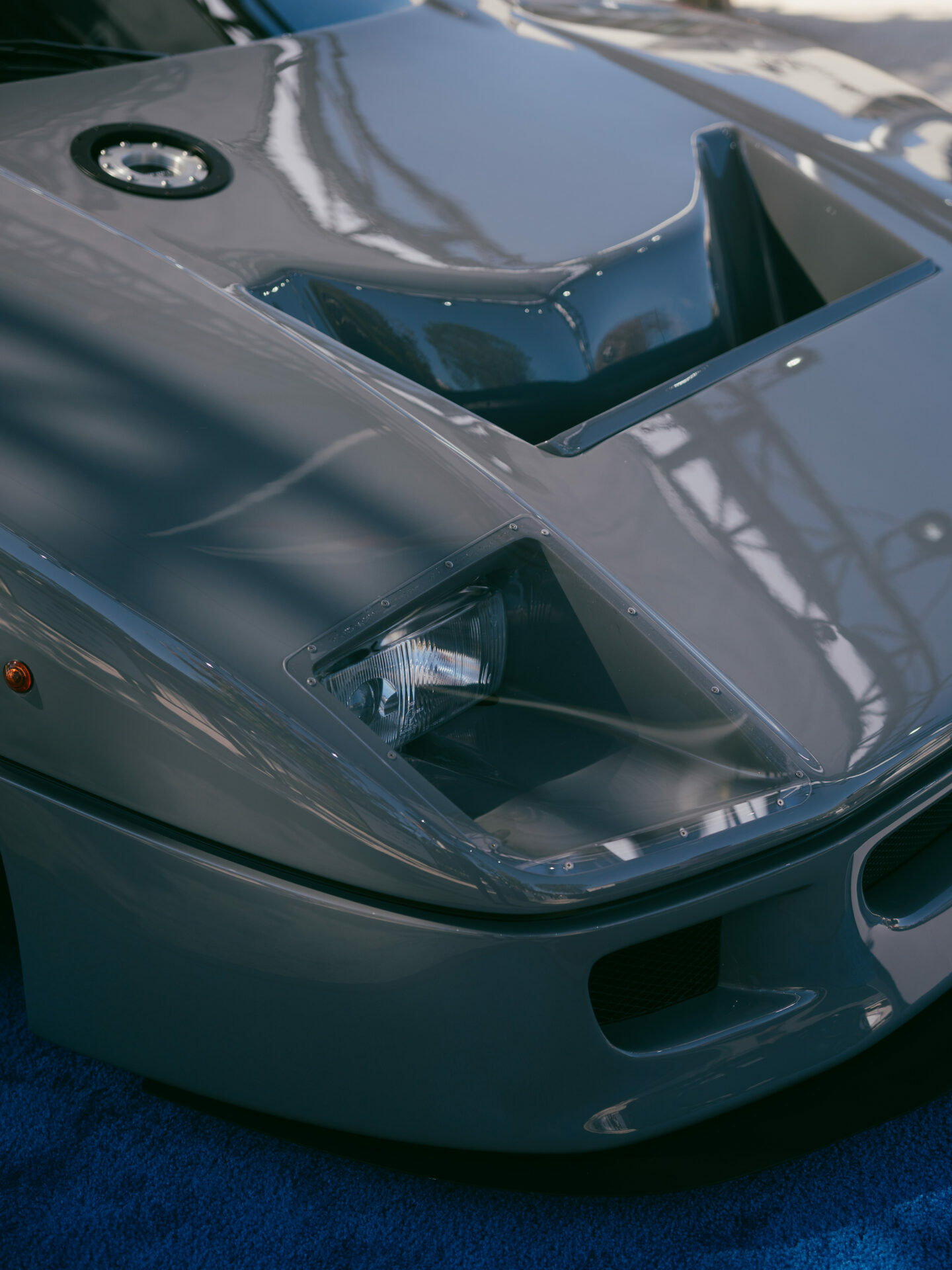

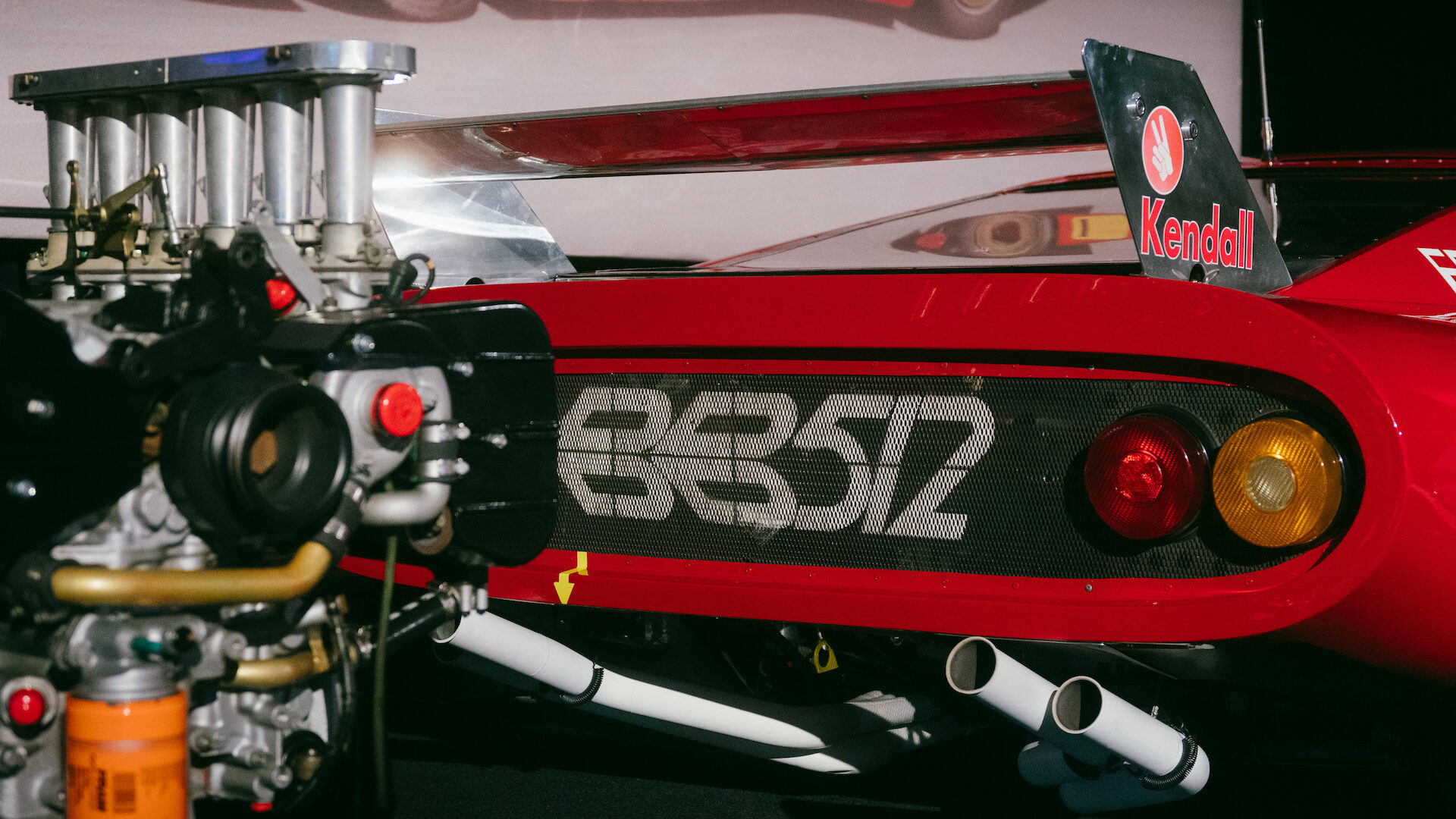
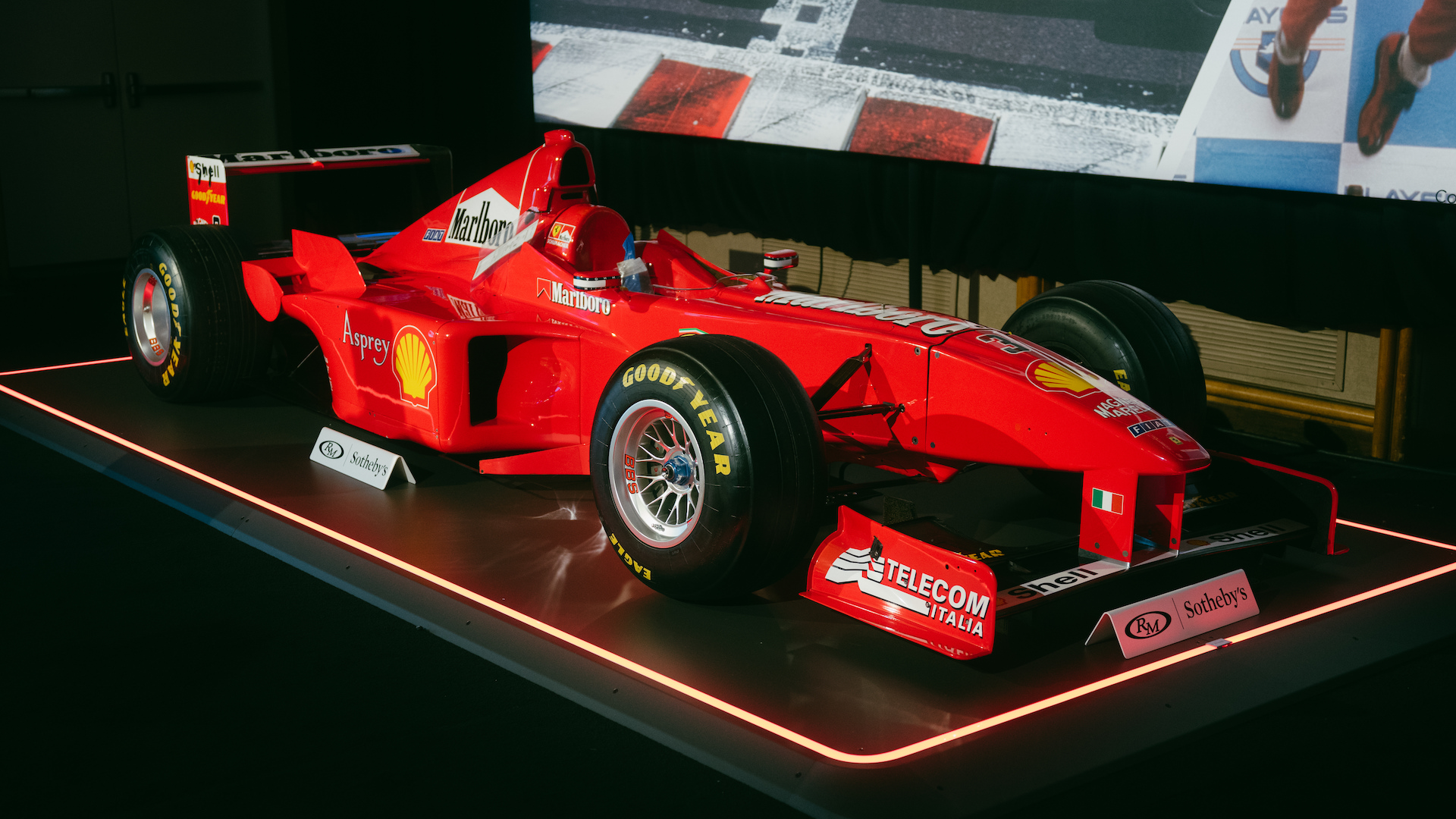
After taking in the auction preview, the ‘84 911 Targa we’d been using as a secondary crew car for the week taught us a valuable lesson about vintage cars – namely that they don’t like being thrashed around one of the most challenging race tracks in the country for an hour straight after periods of longtime garage dormancy and weekend use. The beautiful old thing, which had handled Laguna Seca’s challenges admirably for a touring-spec car, shredded its fan belts as soon as we took off towards the next auction preview. To Cam’s credit, he popped open the rear deck, grabbed the car’s factory tool kit (complete with spare belts) from the frunk, and got to work throwing the spare vintage belt on so we could limp the car to a tech for a proper repair and some other TLC. That shop was Classic Coachworks, where we met owner and head tech Joe Beale, who was busy analyzing a black ‘50s Allard J2 race car along with the car’s owner and a crew of Allard acolytes when we arrived. The car was a marvelous little death trap with fenders that looked like they were pulled off of an ancient motorcycle and a puckered grill that telegraphed an apropos expression of fear – one that made perfect sense considering how terrifying it must have been to toss this car around some archaic excuse for a racing circuit in the ‘50s.
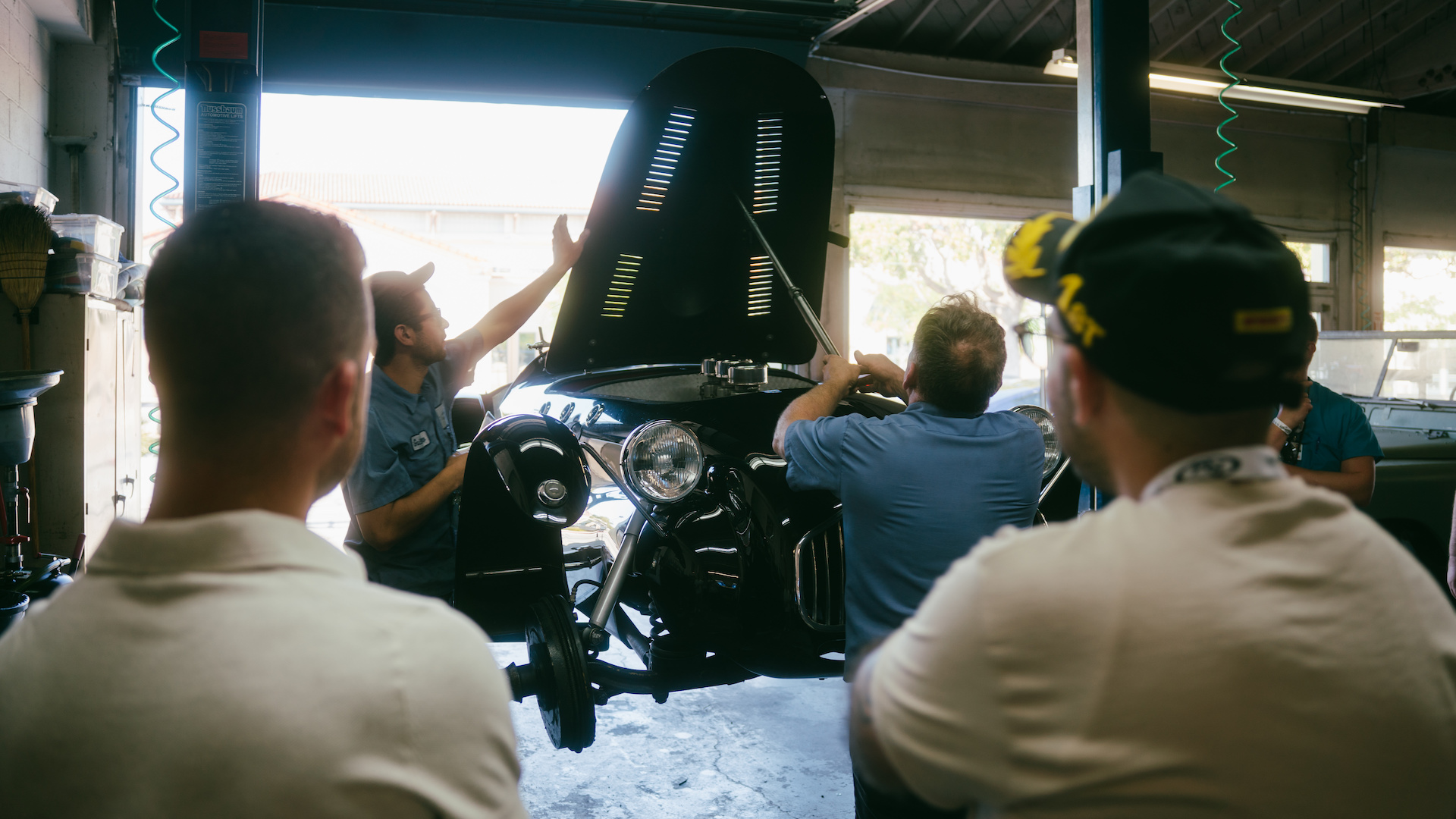
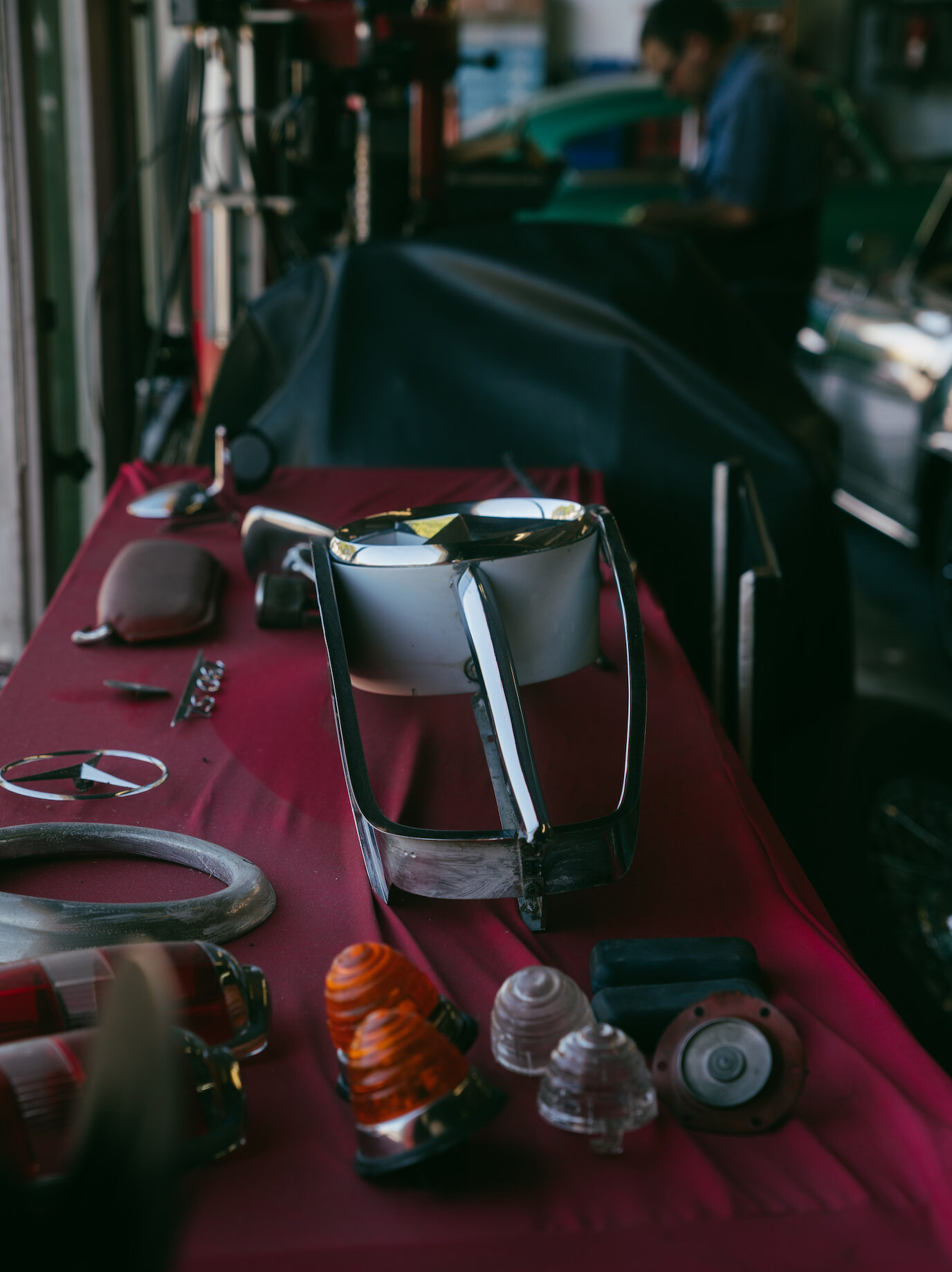
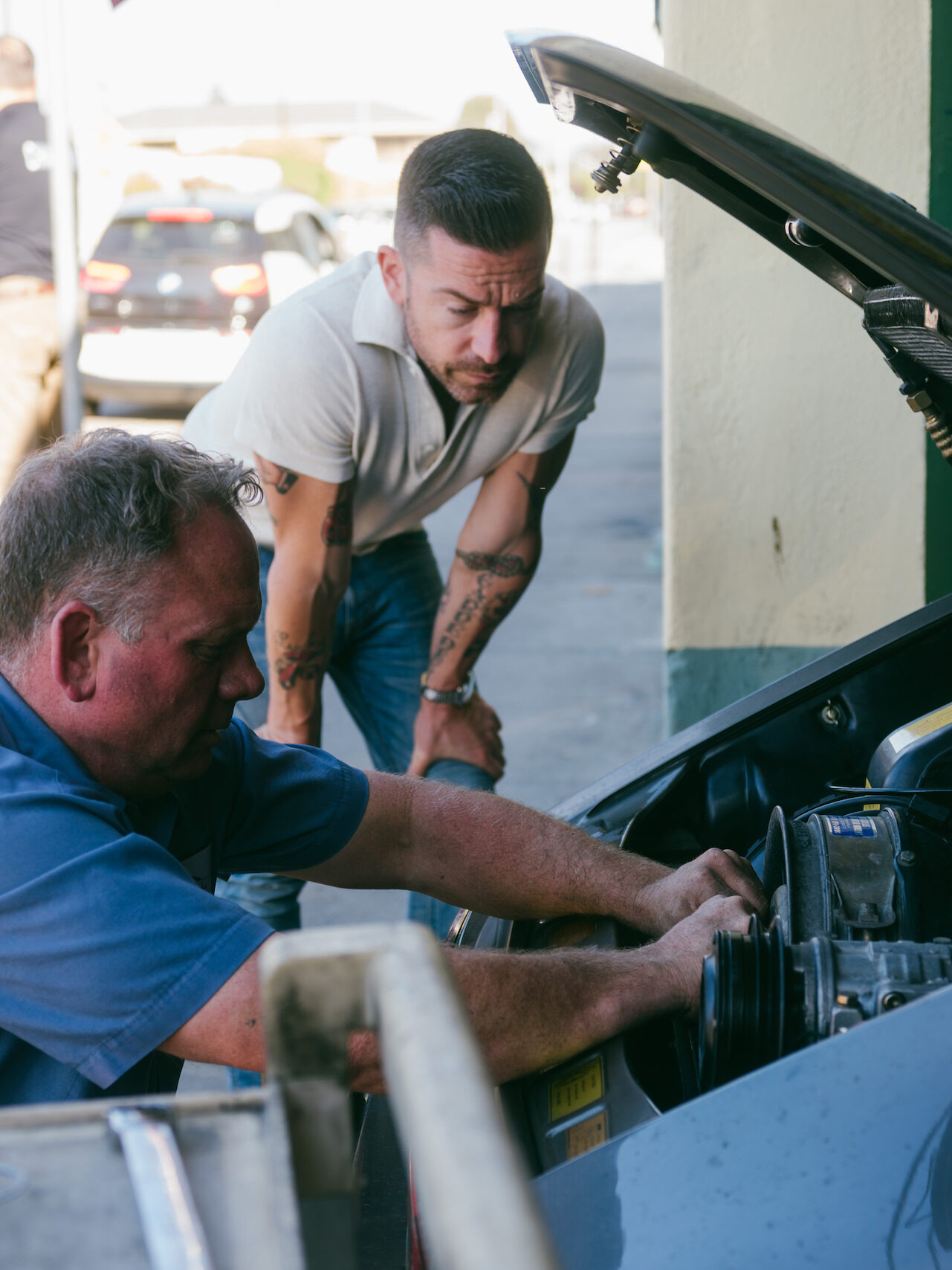
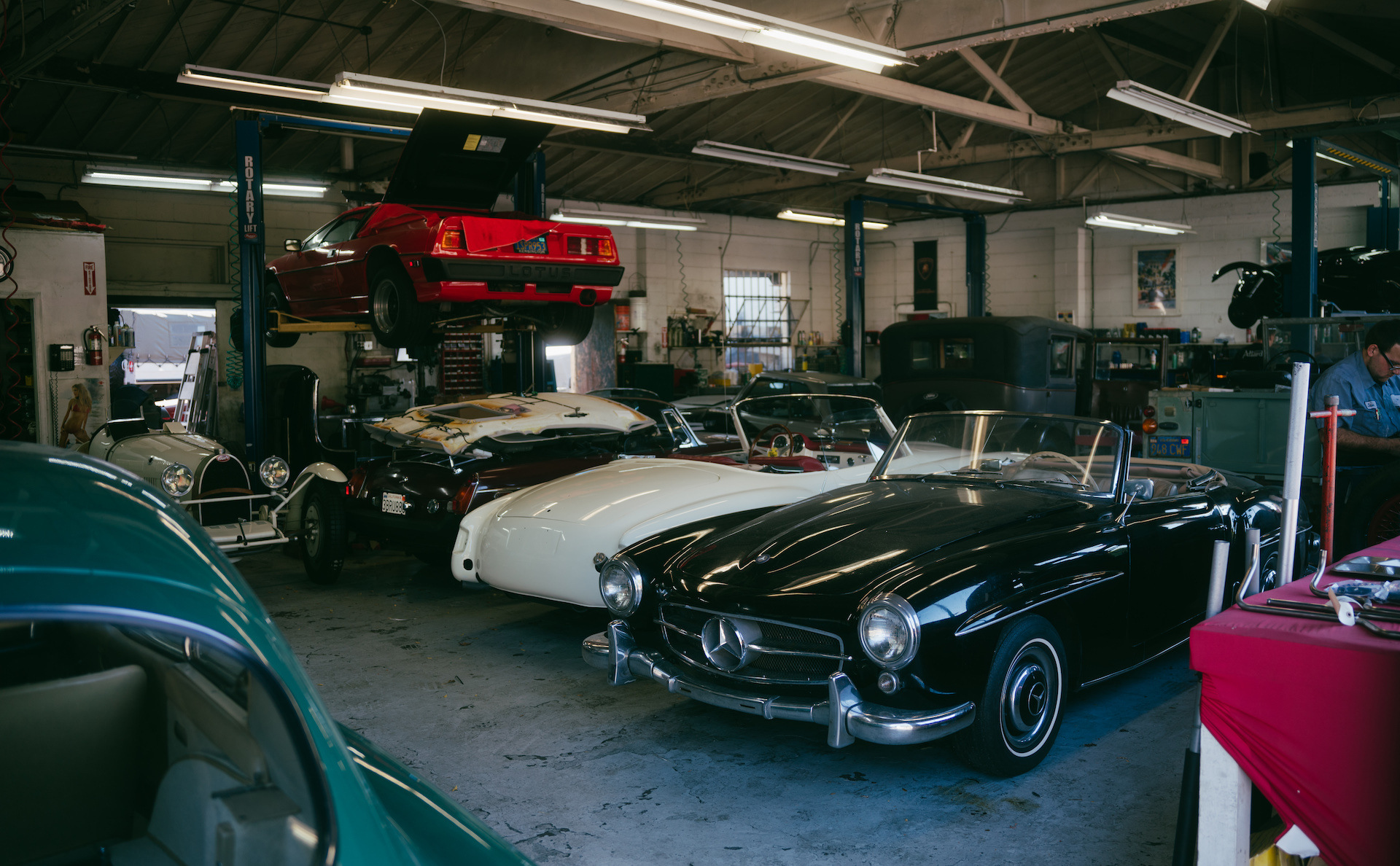
Joe’s shop was a treasure trove of killer cars, full of texture and vibe. Lotus Esprits lurked above classic Benz droptops; hot-rodded Alfa Romeo GTVs hid on racks and under covers, and the walls were lined with classic car culture ephemera. It was exactly how you’d hope a shop in Monterey would appear during Car Week. Joe made quick work of servicing the old 911, using a Dremel tool to artfully grind the warped spacers from the car’s fan belt assembly into a functional shape before buttoning the car back up and sending us on our way. We’d come back the next day for the new parts to be installed, but the job worked perfectly in the crunch, and Joe perfectly represented the blue-collar side of Car Week’s culture in a way that was really refreshing to witness firsthand.
In stark contrast to the charming, but cluttered confines of Classic Coachworks, the team ended the evening at the Motorlux party Hagerty hosted at the Monterey Jet Center, which was yet another overwhelming display of fabulous cars, this time hemmed in by stunning vintage aircraft. The Motorlux party was as swank and picturesque an event as one could hope for, however the soiree Hagerty threw with McLaren and Radford the following day proved to be one of the true highlights of the week for me.
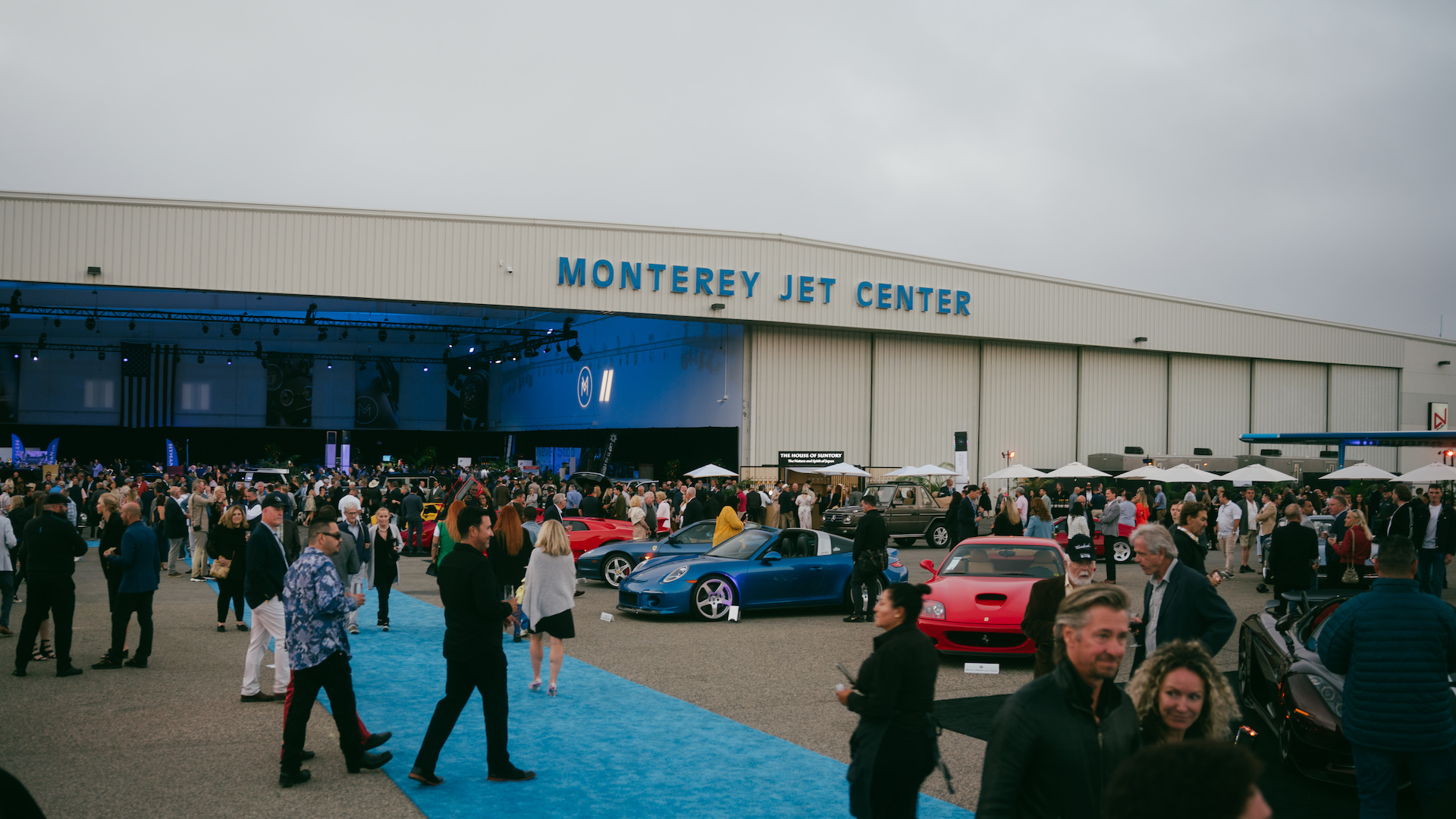
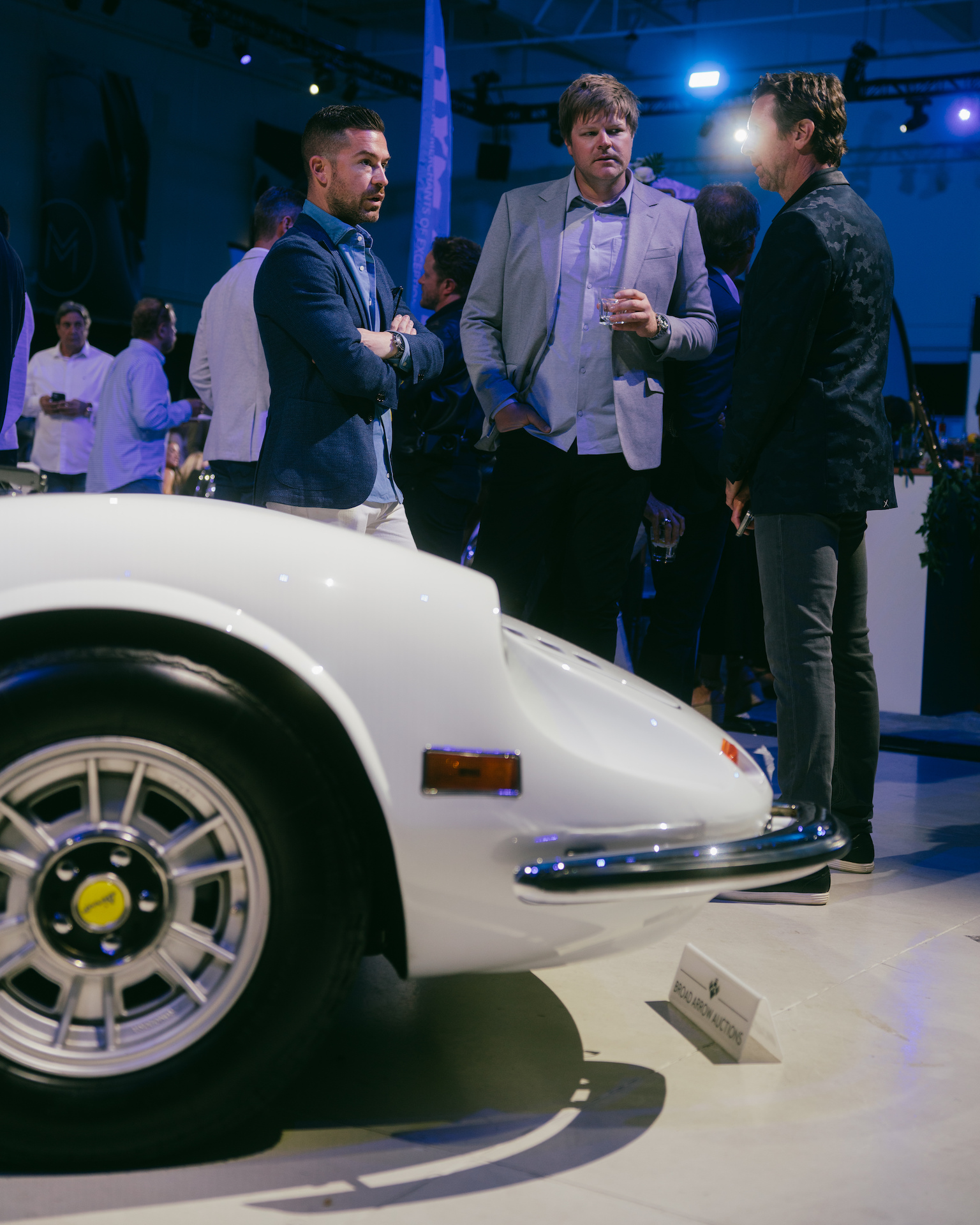
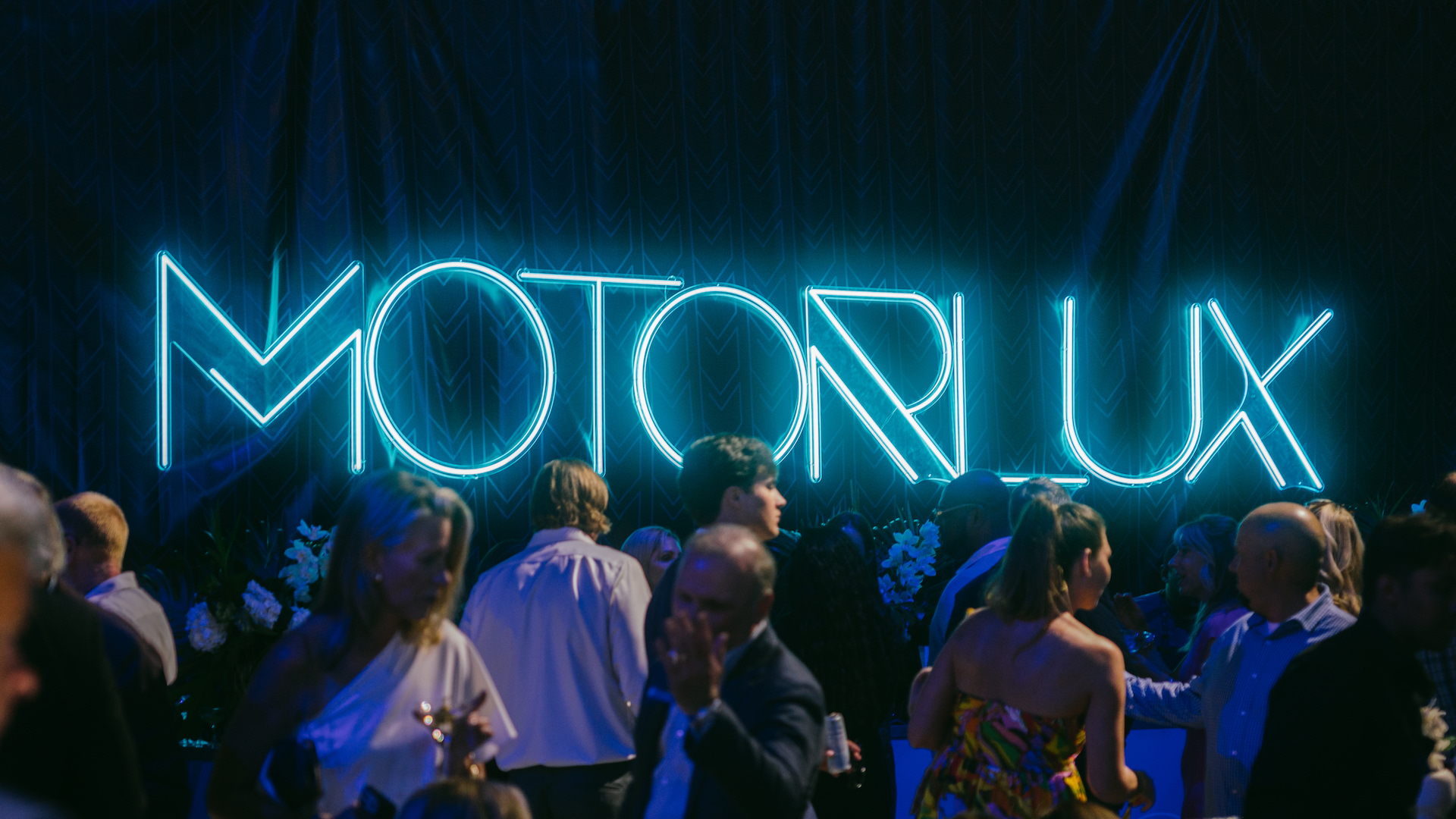
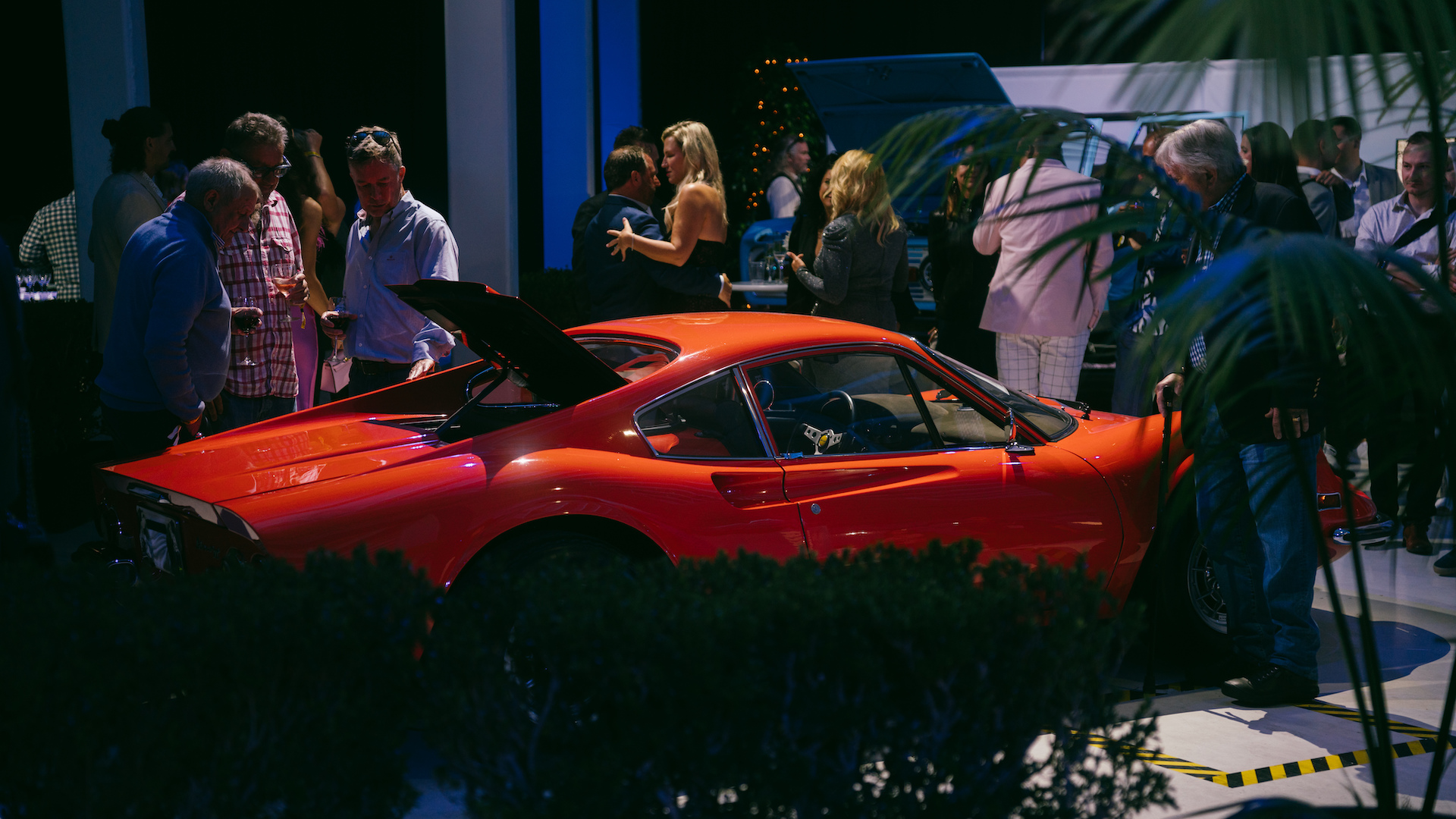
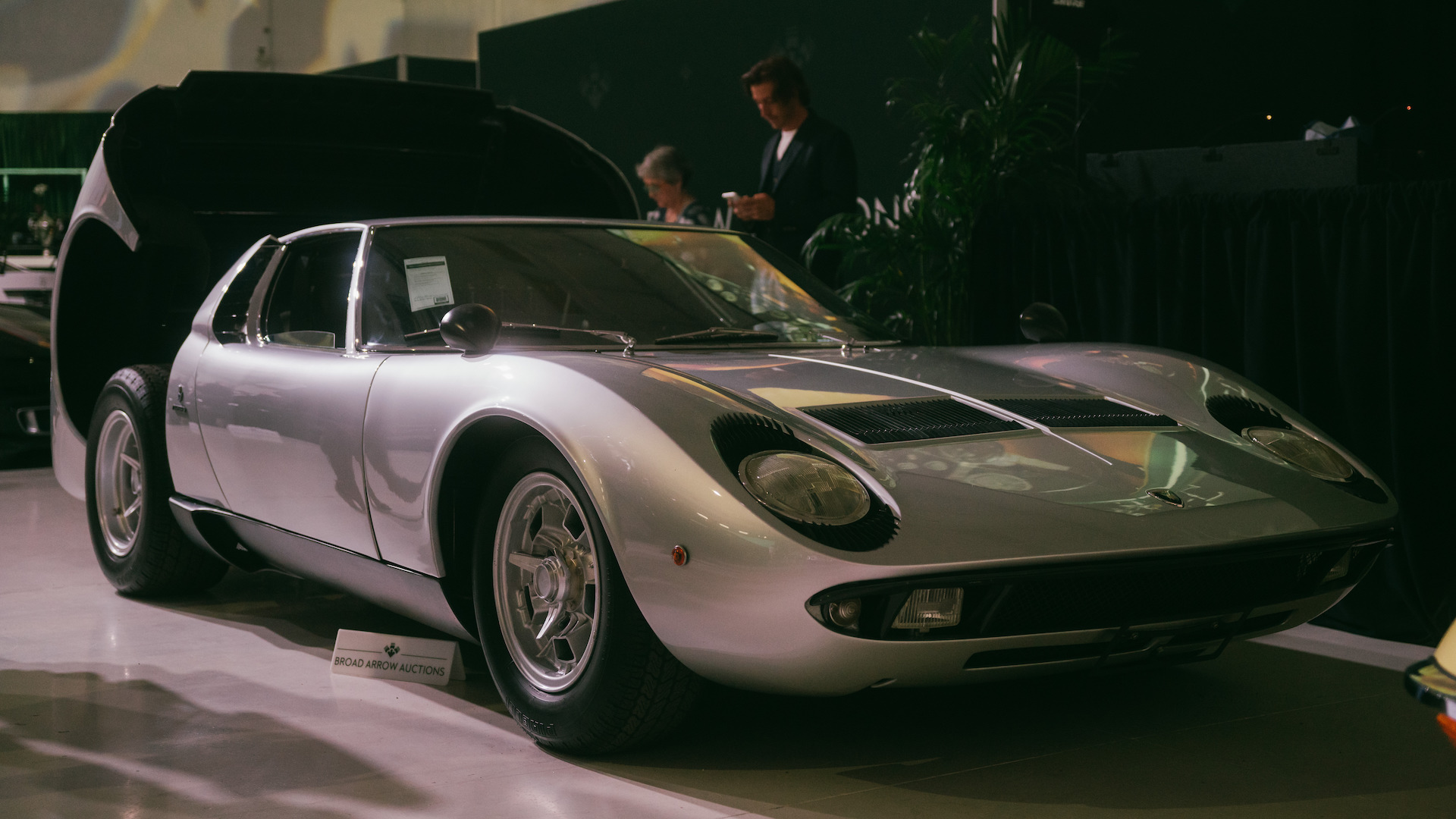
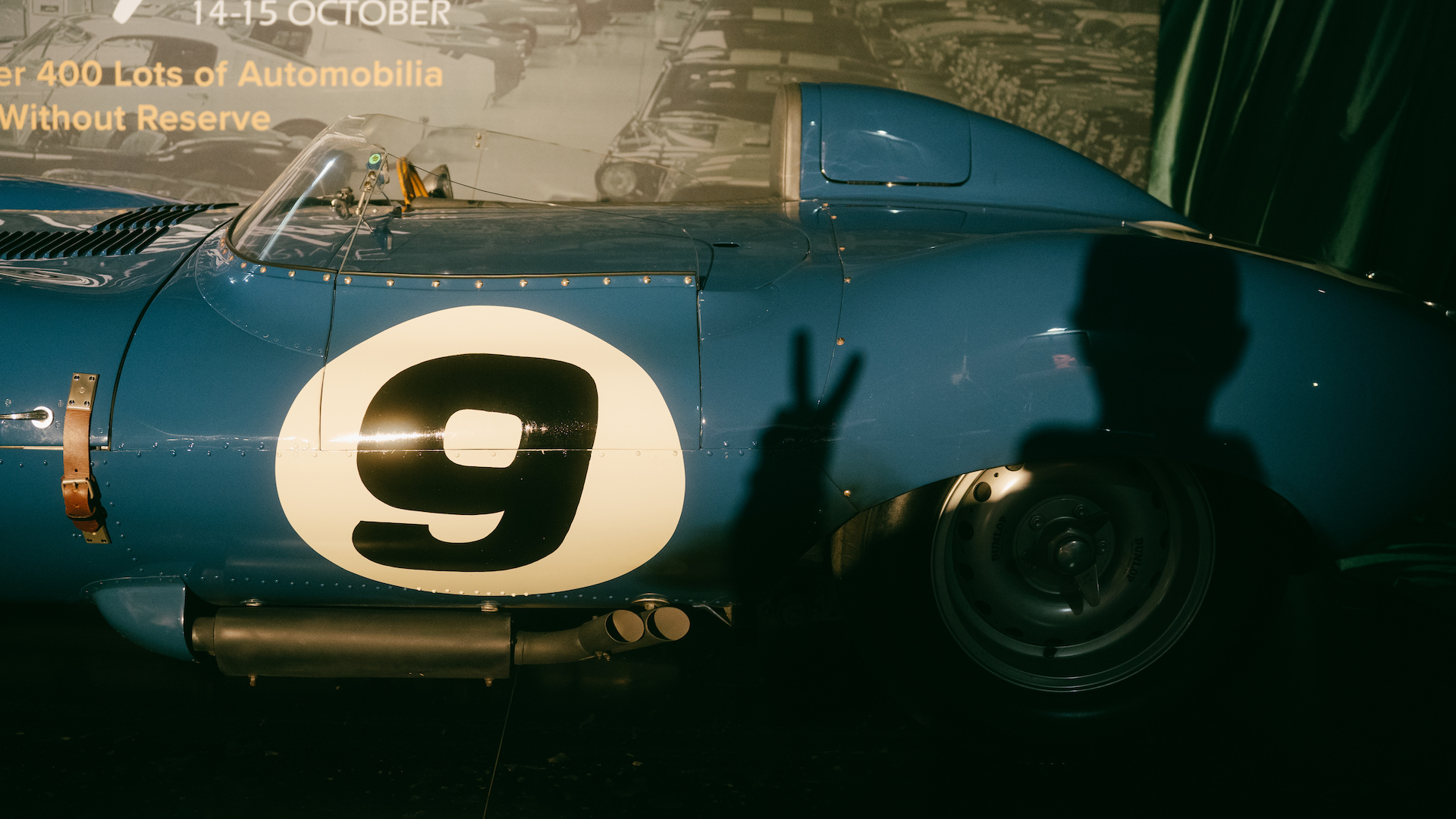

The front lawn and driveway of a house outside of the Pebble Beach golf course hosted the Radford 62-2 as well as a pair of McLaren F1 cars: One which had been campaigned by Jenson Button, and an MP4/2 from 1984, which had been Niki Lauda’s final title-winning car after his shock return to the sport. These cars proved the ideal lawn decor as the garden party out back would feature a panel with Button and 4-time IndyCar champ/3-time Indy 500 winner/24 Hours of Daytona winner Dario Franchitti. A rare, intimate forum held between two bona fide legends of motorsport, and the jovial, insightful conversation between the two did not disappoint.
The duo riffed on the challenges and pitfalls of motorsport from both a business and performance perspective, preparing the mind for what might seem like the impossible to most mortals on race days, and the nature of mentorship. Both Franchitti and Button have had the good fortune to learn from other legendary drivers from past generations and both shared lovely stories about interactions with their mentors. Franchitti’s was the tale of how 3-time F1 world champion, Sir Jackie Stewart, had persistently called during Franchitti’s month long Indy 500 practice to fact-check stories for his book. When Stewart finally asked Franchitti how he was doing, the driver confessed to struggling with losing time in one specific turn during his sessions. Stewart – who hadn’t raced the Indy 500 since the late ‘60s and was never known for his oval track prowess – explained that he needed to “open the wheel up a bit” to allow the air to flow over the car’s front tires instead of having them fight it in the turn. Franchitti reminded Stewart that he was inches from the wall in this scenario and had the throttle wide open, but the decorated old driver insisted. When Franchitti gave it a shot later that day, it worked! I suppose the fundamentals of going quick never really change. As for Button, he shared that during his F1 career, he had often been in touch with the late, great Sir Stirling Moss via email! Unfortunately Button couldn’t recall Moss’ email address, but it was a delightful revelation to think of a venerated driver of Moss’ stature emailing racing advice to a young buck. Both drivers seemed chuffed to share the tales, too.

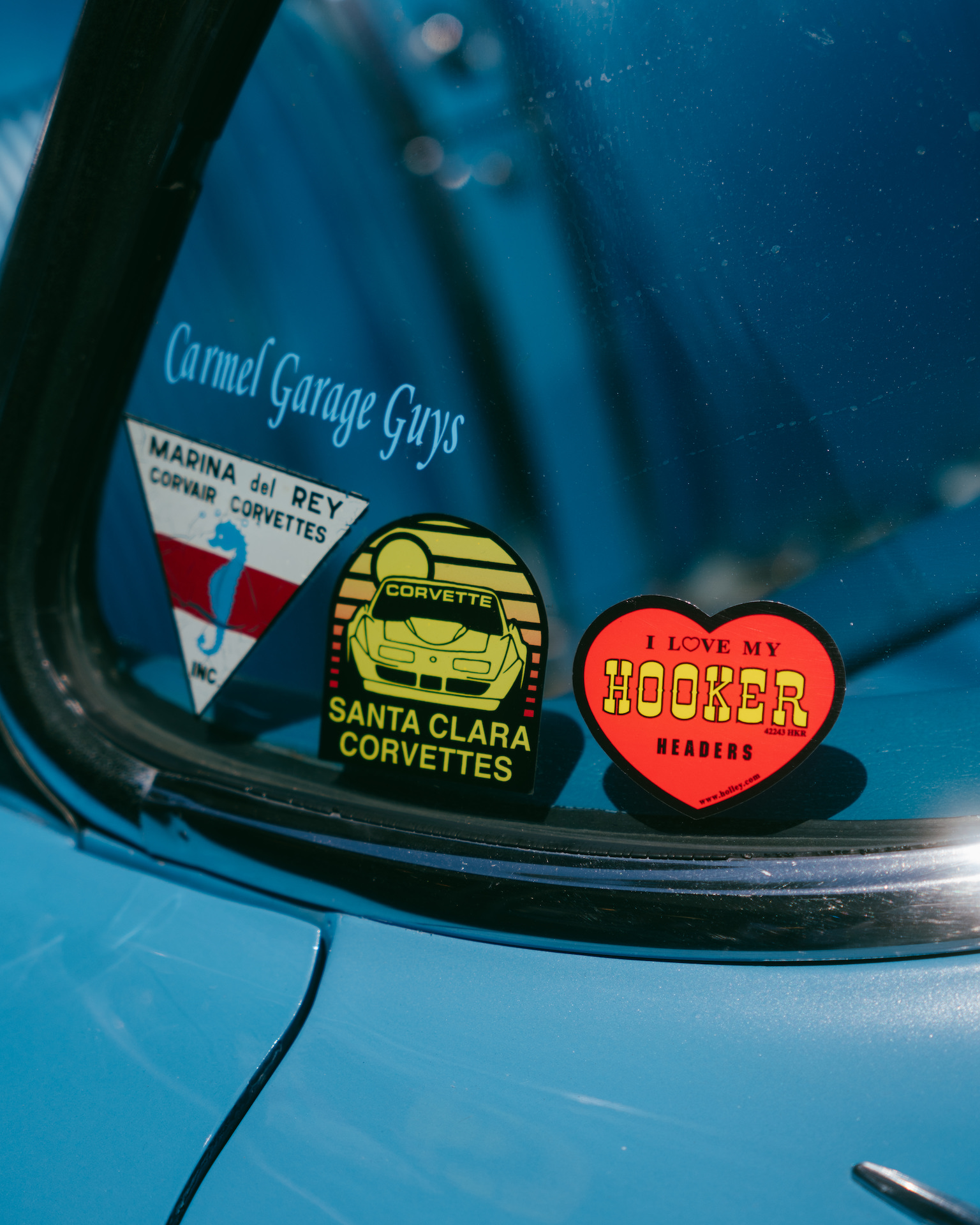
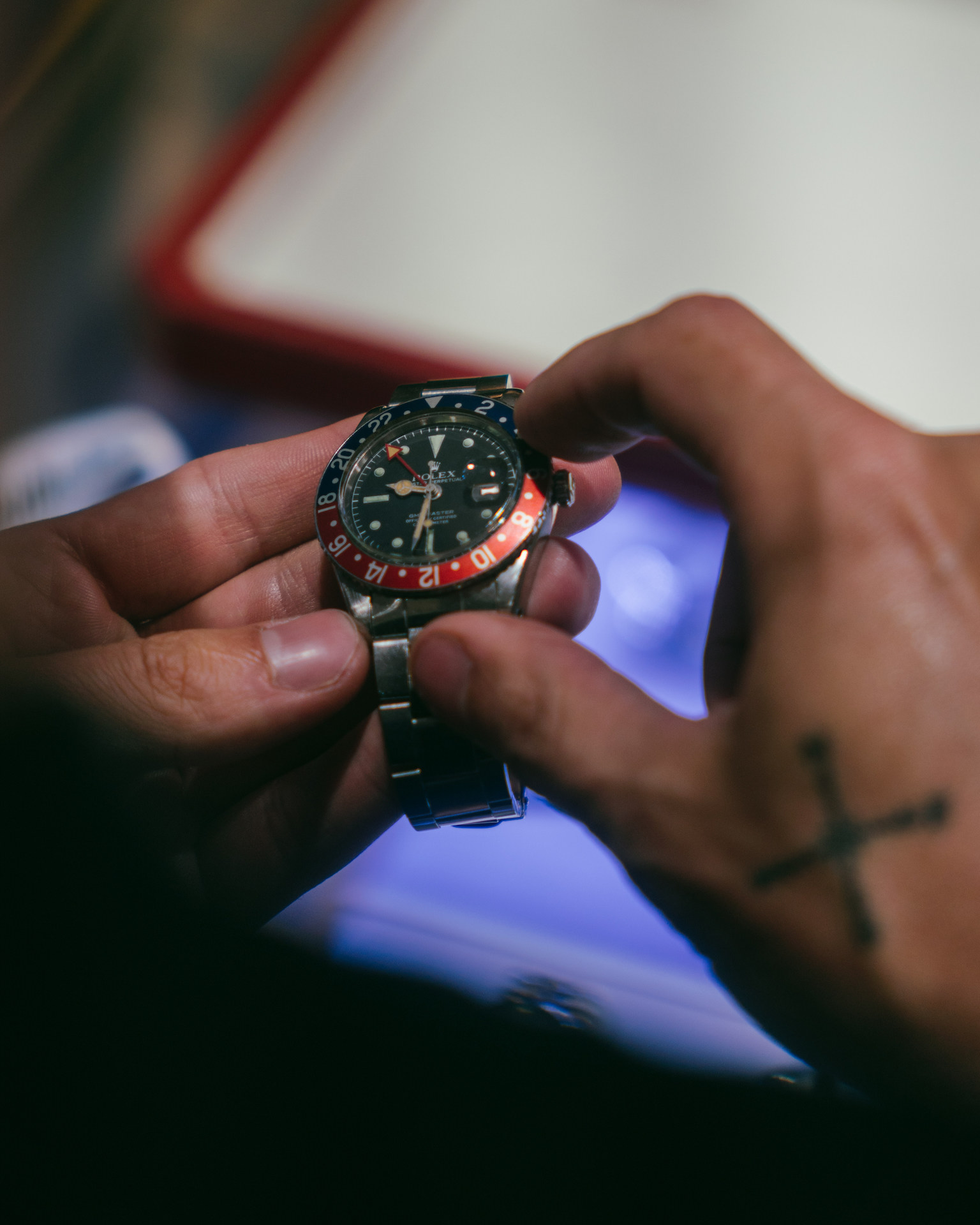

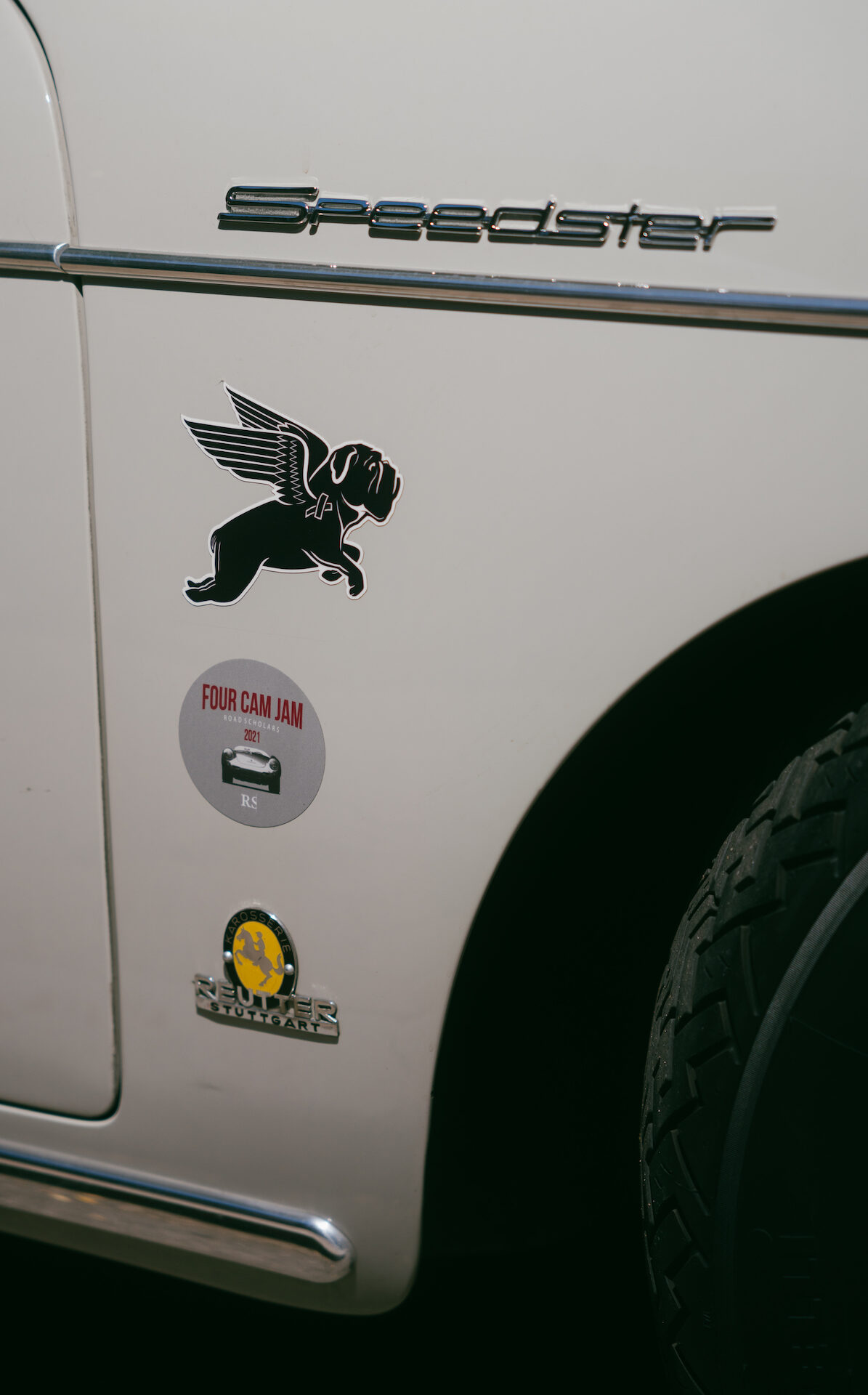

The night ended with a post-dinner walk around Carmel, where another scene of automotive sci-fi unfolded before our eyes. A team guided a stunning DeTomaso P72 off of a covered car transport and as the transport’s rear container – festooned with bright lights and gleaming with chrome – opened like some great gaping maw, the impossibly sleak P72’s headlights broke through the thick night fog and it slowly made its way into the street. The whole sequence was surreal.

The C + T crew’s final day in Monterey seemed to hold something special for all of us. The docket for our last hurrah included a visit to the Quail, which is considered possibly the most important car show on the planet, then a stop at the Porsche Club of America’s Werks Reunion Show, and then we’d finish the day back at Laguna Seca, where we’d take in races featuring historic Le Mans cars from all eras, burbling, big-bodied saloon racers, and even a pack of screaming ‘70s Formula 1 contenders – the ultimate finale for me.
The Quail featured plenty of absurdly high-profile hyper car unveilings from the likes of Koenigsegg, McLaren, and Bugatti, and saw the covers dropped publicly for the first time on the highly-anticipated new Porsche 992 GT3RS, as well as Guntherwerks absolutely bonkers high-tech vamp on the 993 platform, which is known as “Project Tornado.” The latter two unveilings certainly whet the appetite for Porsche fare and luckily our next stop was the Porsche Club of America’s Werks Reunion, which featured a hyper-concentrated display of Porsche’s greatest hits. From survivor 356s with fabulous histories and patinas to killer outlaw 911s of every shape and flavor, to the ultra-rare Zagato-bodied 356 Coupe Spike Feresten and Paul Zuckerman co-own, the cars on-the-scene at the Werks show were a major highlight for the Porsche-obsessed C + T team and particularly for Cam, who really relished analyzing the choices people made in modifying their 911s and reflecting on those that he’s made to his own beloved ‘75 911S, Jolene.
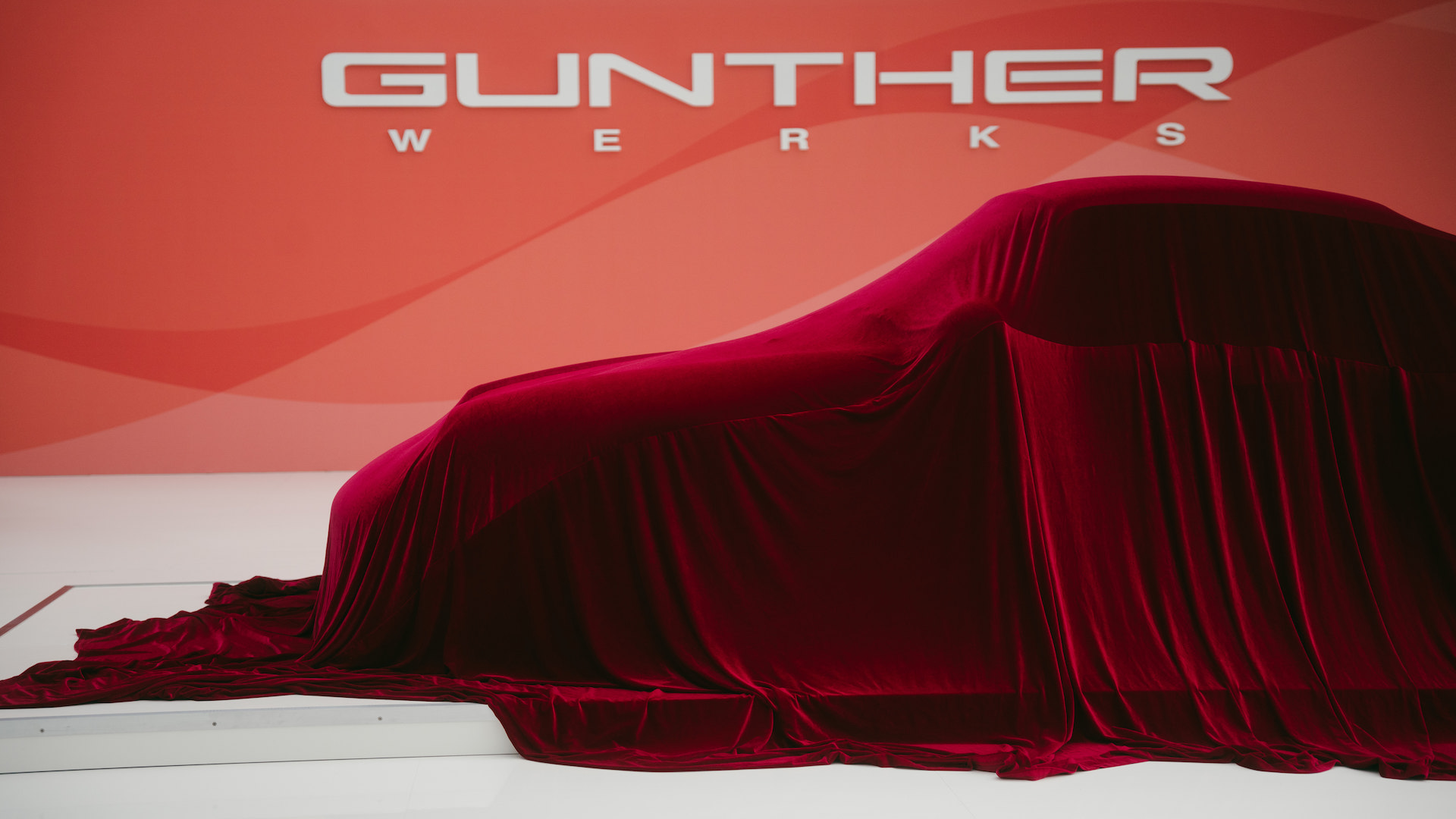
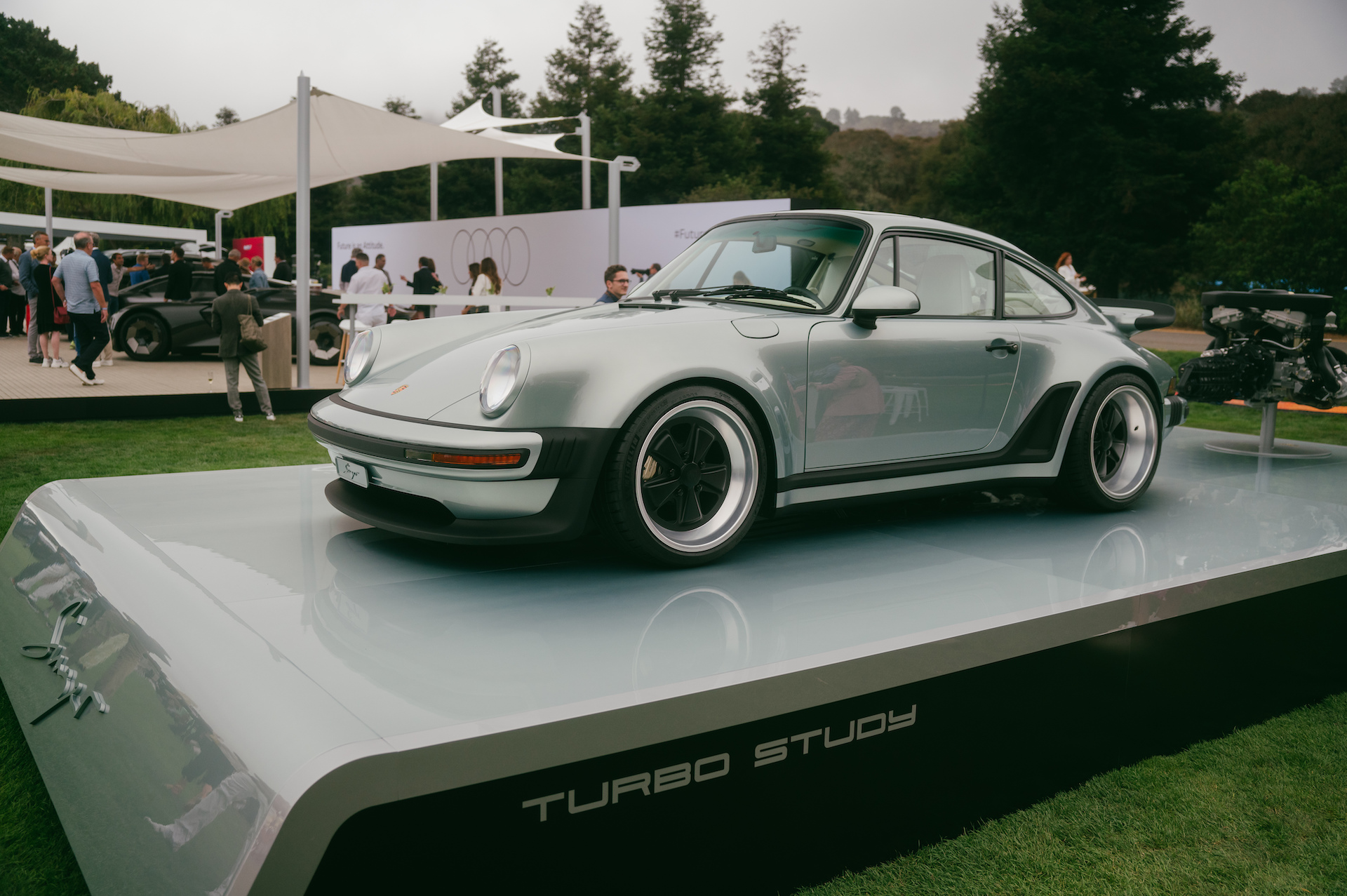
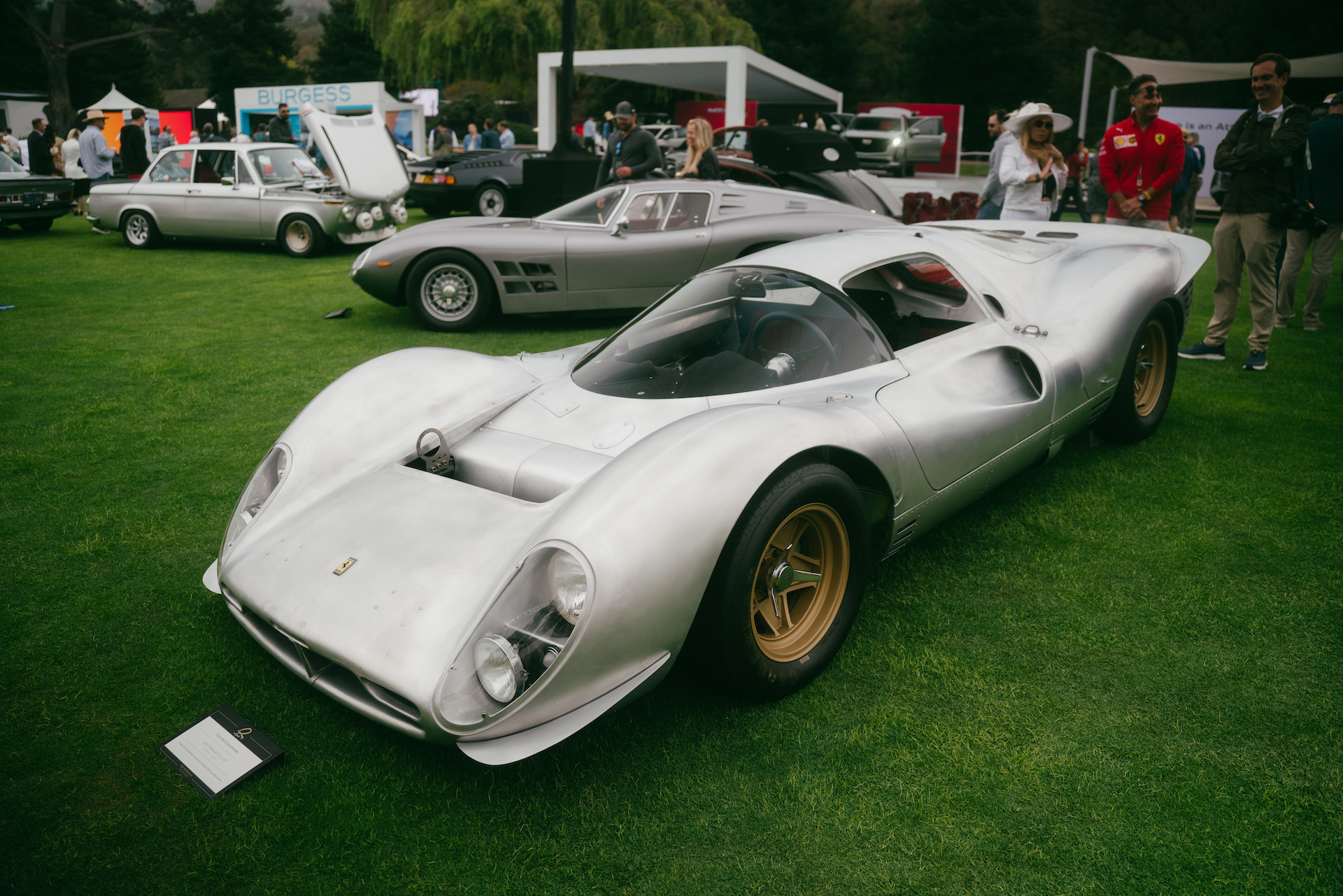
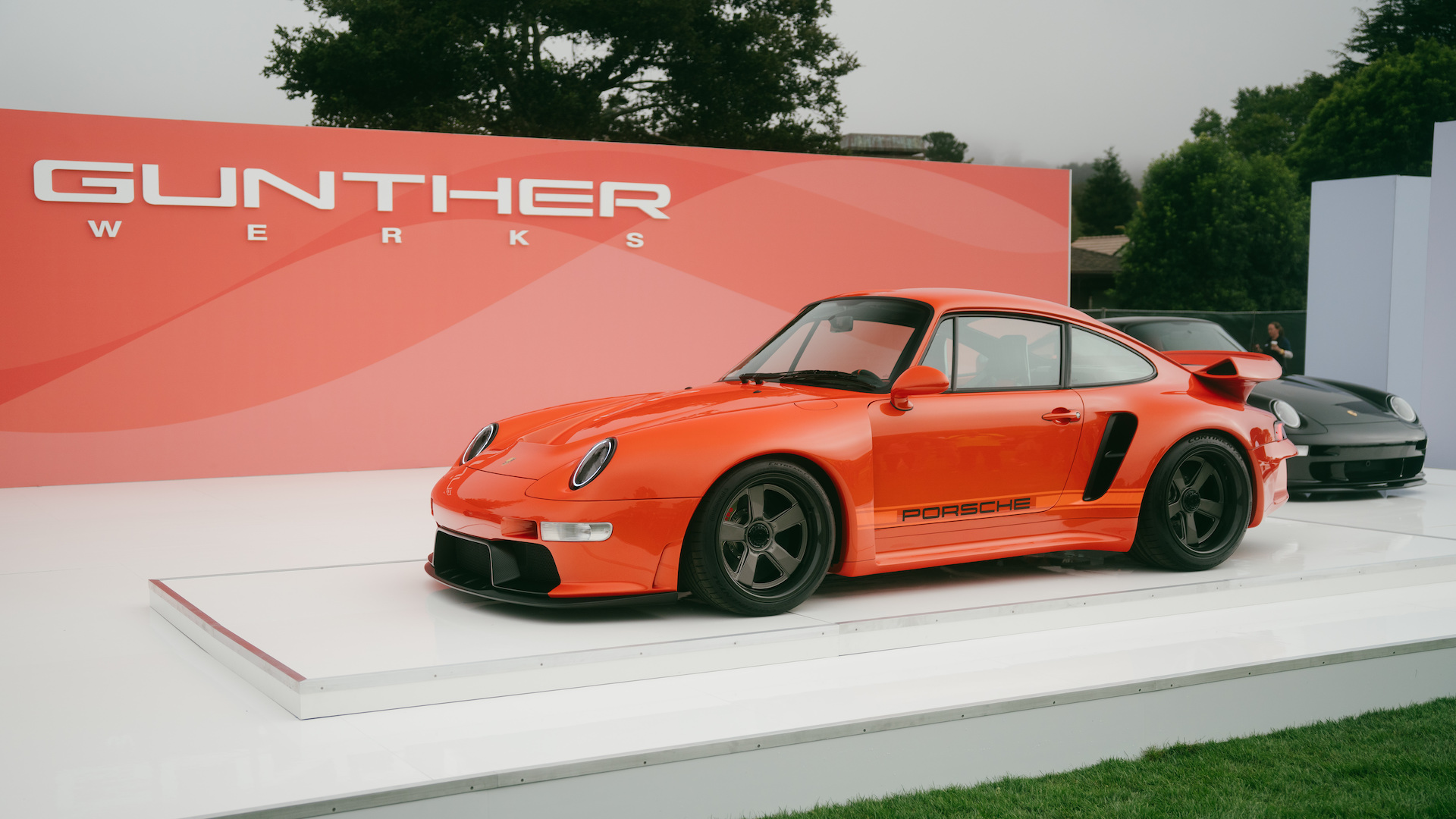
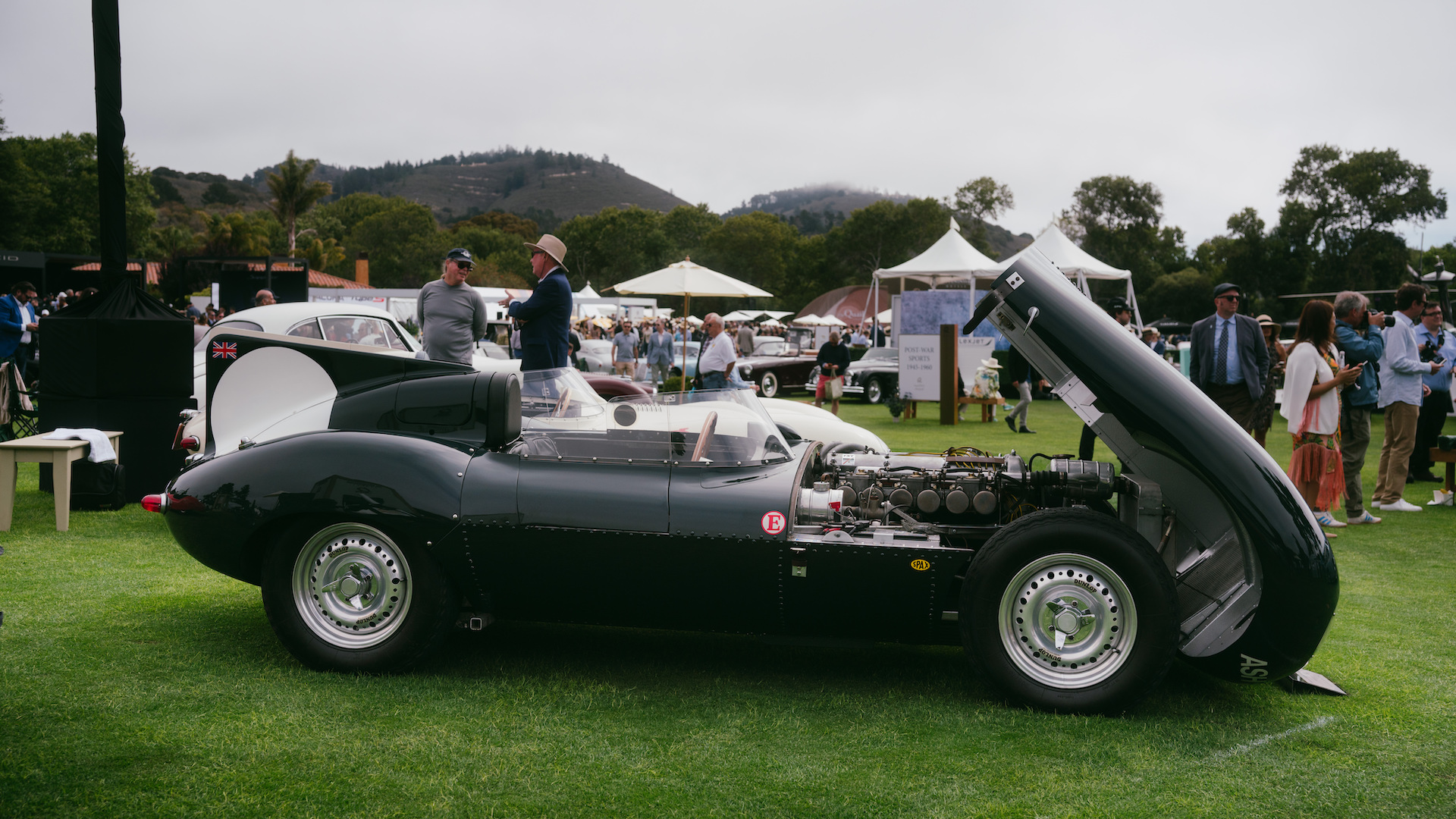
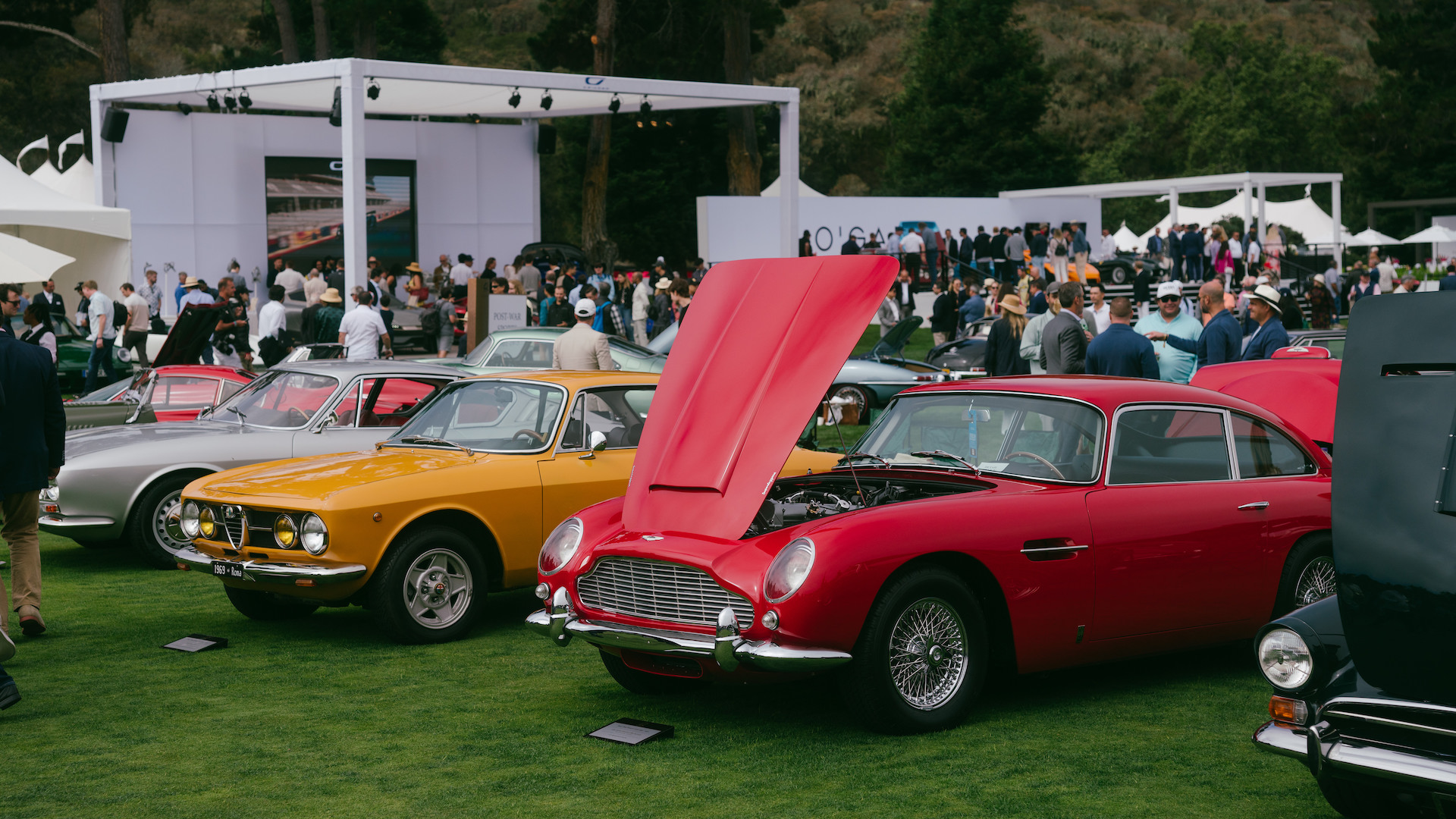
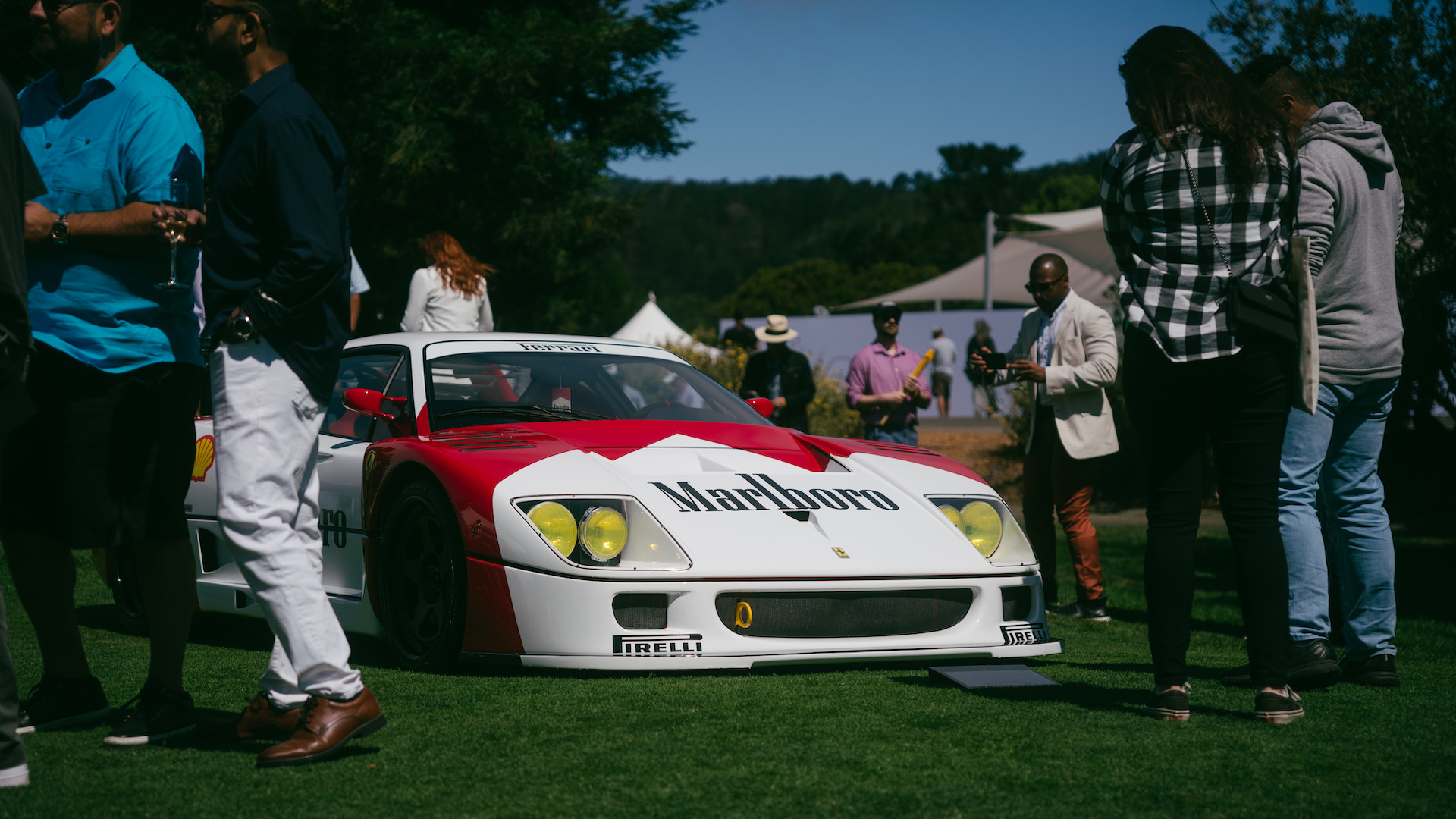
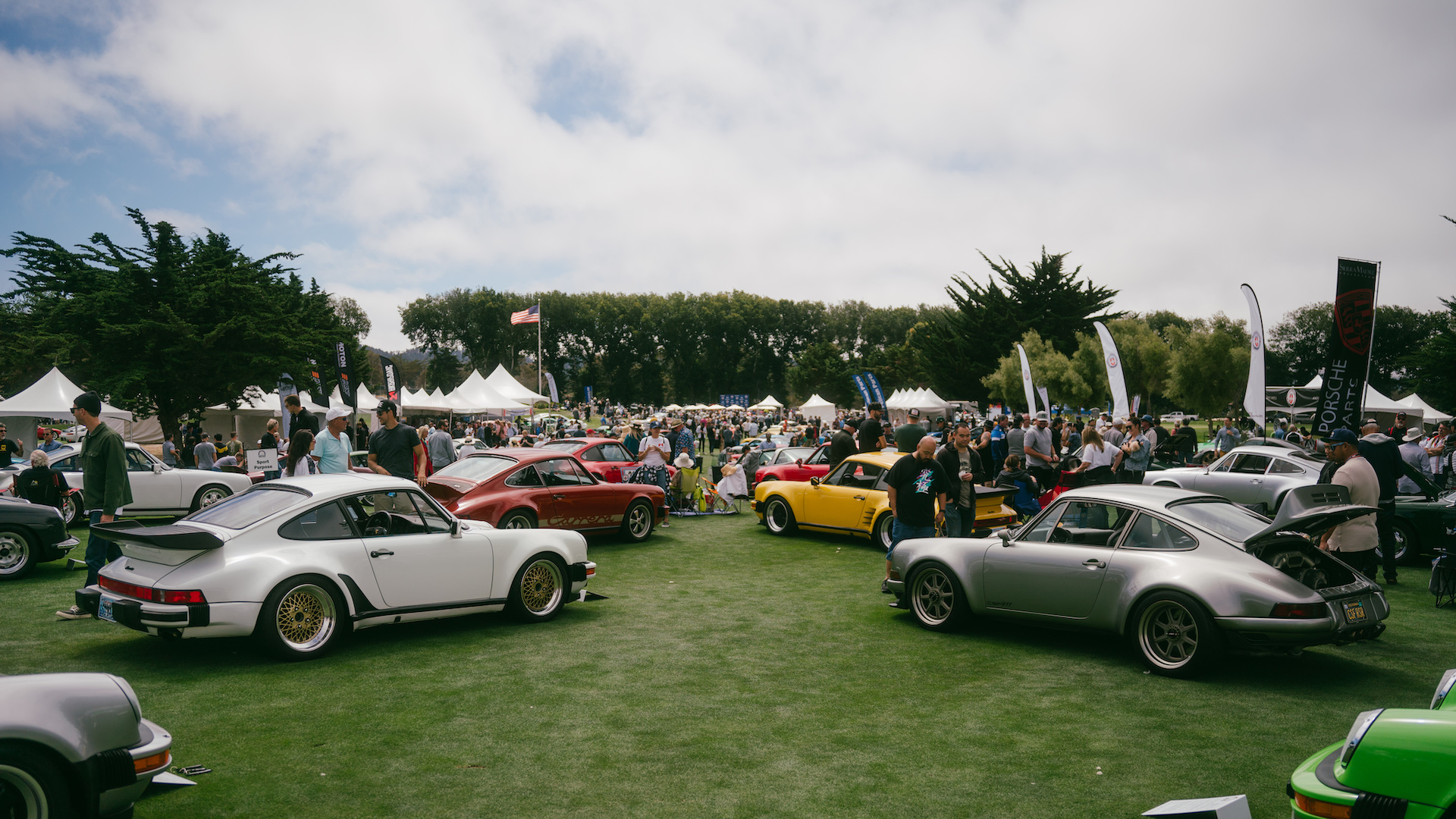
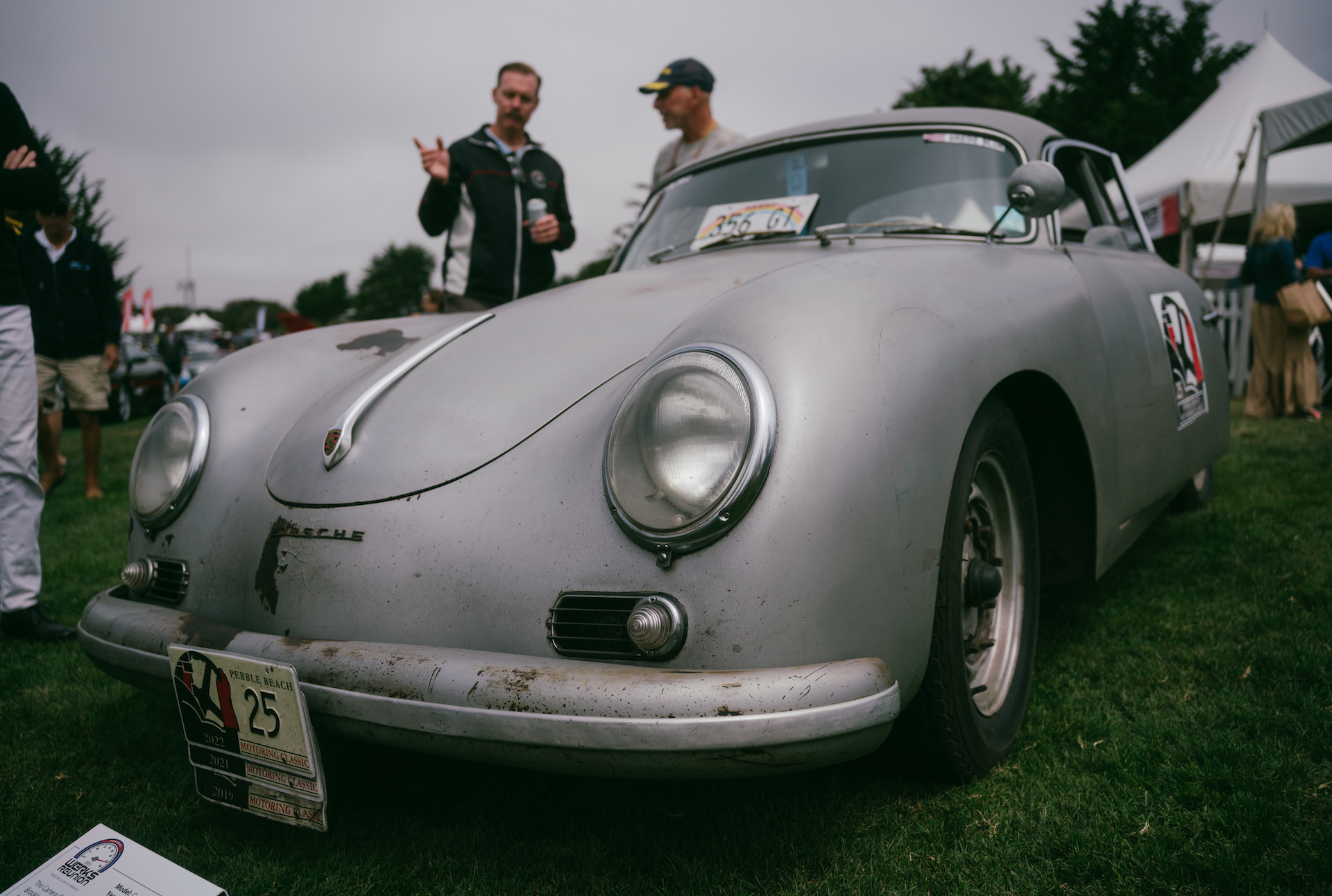

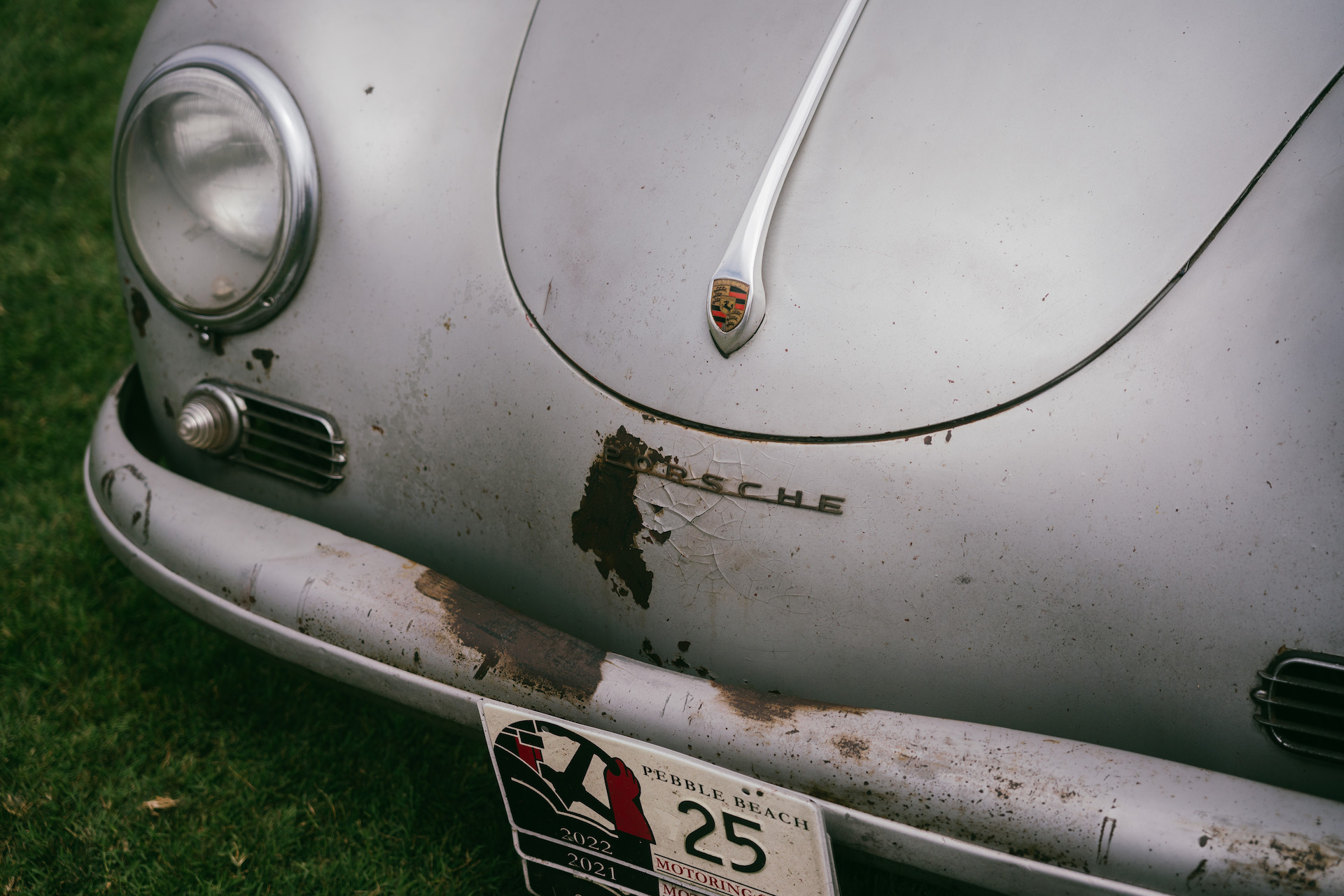
When we arrived at Laguna Seca, the track was hosting a heated battle between classic Le Mans sports cars including Ford GT40s, ‘60s Porsche 911s, a NART Ferrari Daytona, and the stunningly cool #37 Porsche 910 that appeared to be the car that was driven by Porsche factory drivers Hans Hermann and Jo Siffert in-period – the latter of whom helped put Heuer watches on the wrists of most of the Formula 1 paddock over his years in racing, and helped to establish the brand as a pioneer within the space of using athletes as ambassadors and endorsees.
Later that day, a panel featuring fabled racers like Jacky Ickx, Stefan Johansson, Jochen Mass, and Tom Kristensen discussed their experiences of varied glories and defeats at Le Mans, and their conversation was followed by another intense race featuring more modern prototypes, including not one, but two hysterically loud Mazda 787Bs, as well as McLaren CEO Zak Brown duking it out from the cockpit of his personal 1989 Castrol livery Jaguar XJR-10 (he took 3rd in the race). The day also featured a race in which Dario Franchitti piloted the 1972 Duckhams LM – Gordon Murray’s first Le Mans prototype design ever – to a handy victory over a pack of other ‘70s prototypes and 935 Porsches – including Paul Newman’s legendary Hawaiian Tropic-livery car!
The day ended with a pack of ferociously loud ‘70s and early ‘80s Formula 1 cars racing around the track, a race I’d been looking forward to since we arrived in Monterey. There is simply no explaining the sheer volume and power you feel when a pack of mostly Cosworth DFV-powered F1 cars blasts past you in anger. The race included a flat 12-powered Ferrari 312 T2 which had been a Niki Lauda car, and 3 different John Player Special livery Lotuses (including a 1982 91/5 which featured a cheeky little Penthouse Magazine sponsorship that year), as well as a Williams FW07C.
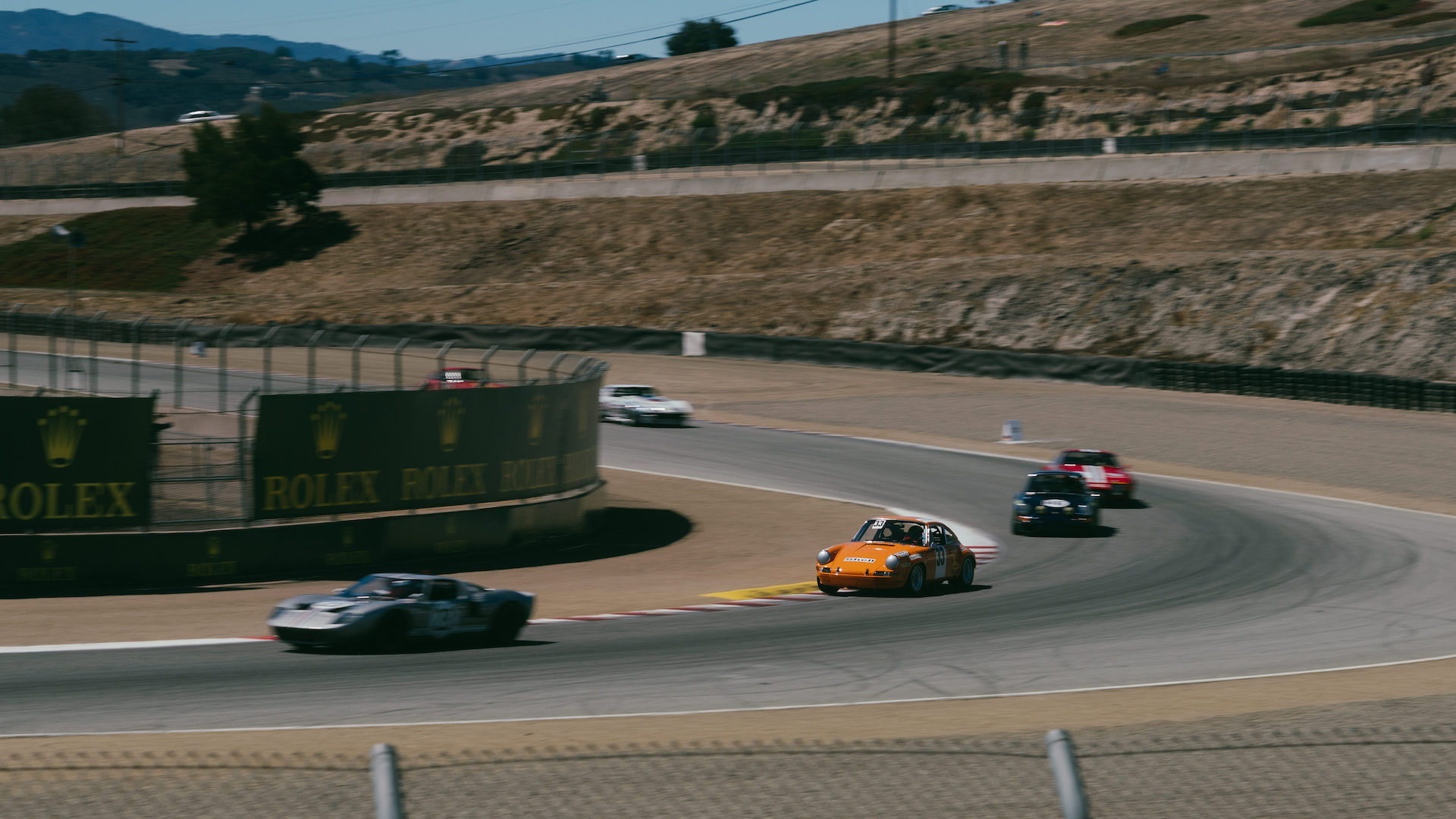

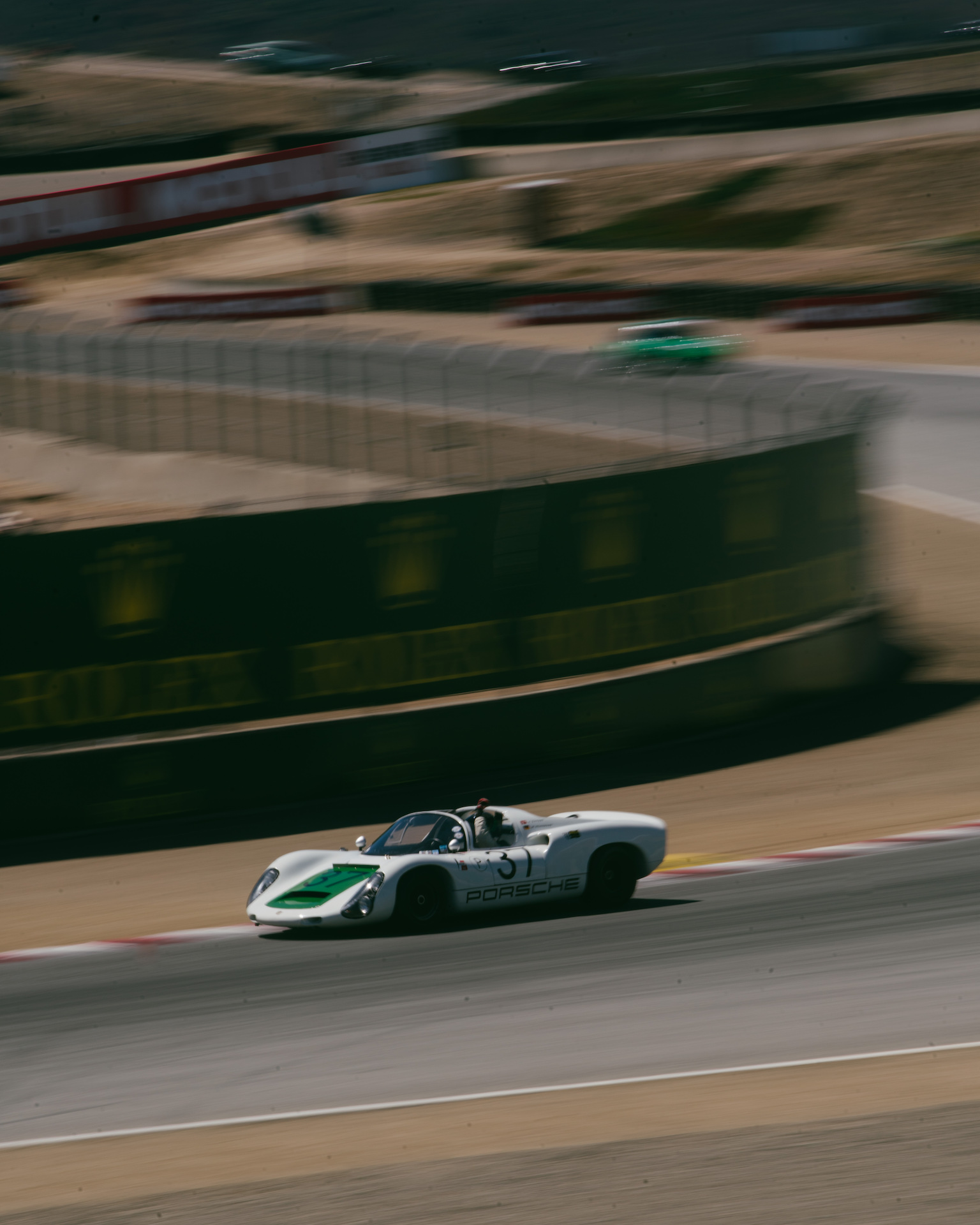
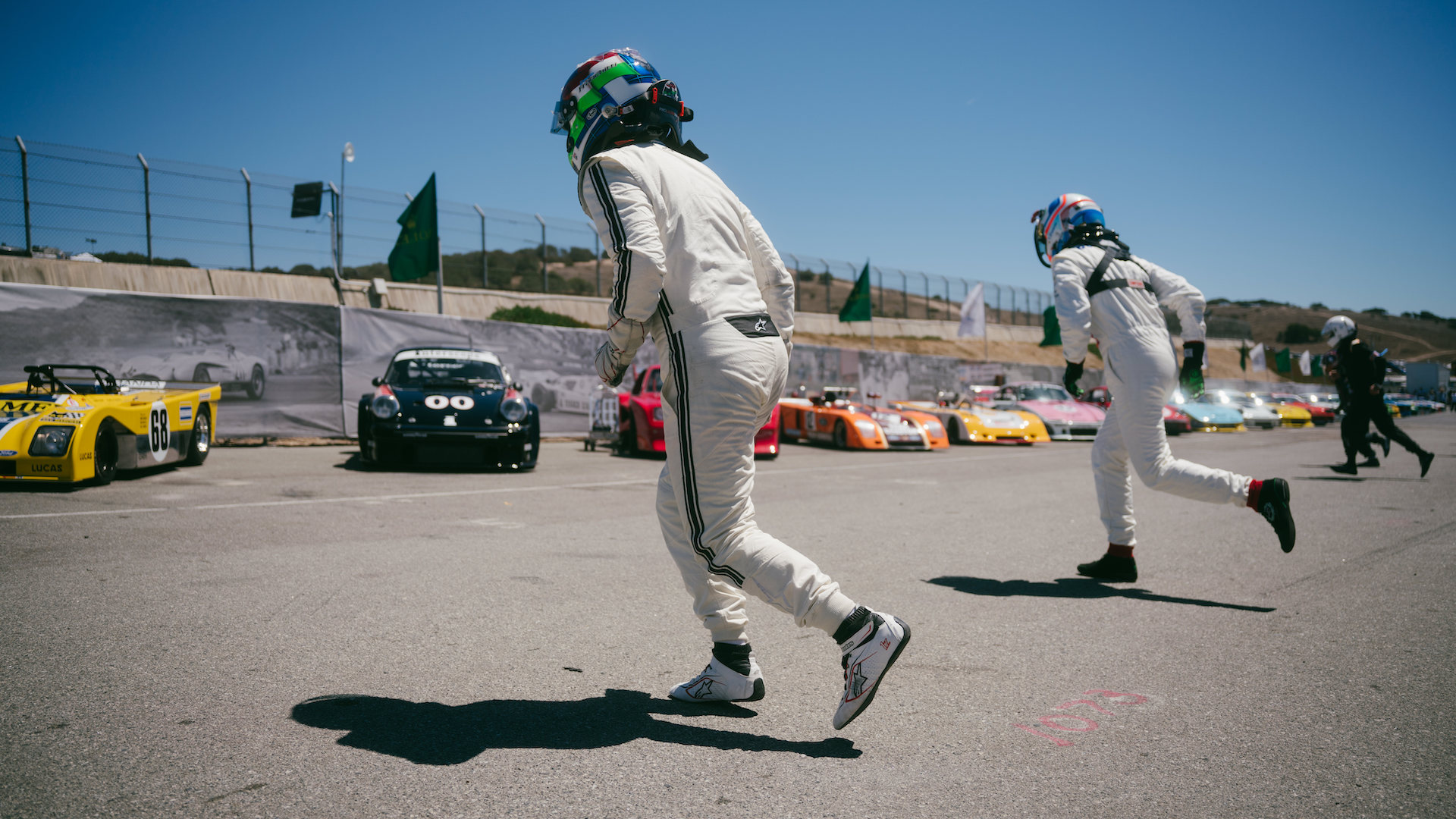
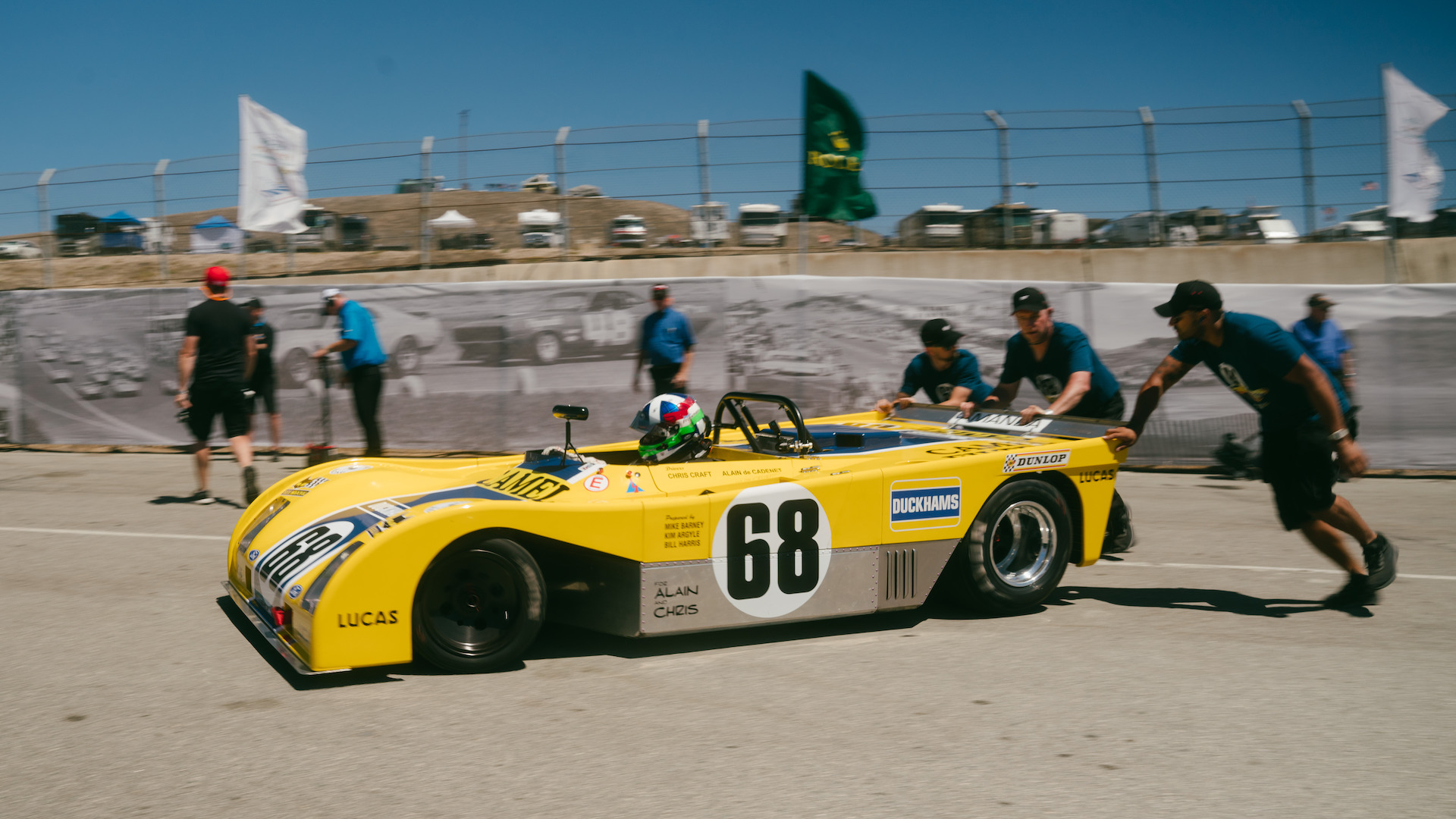
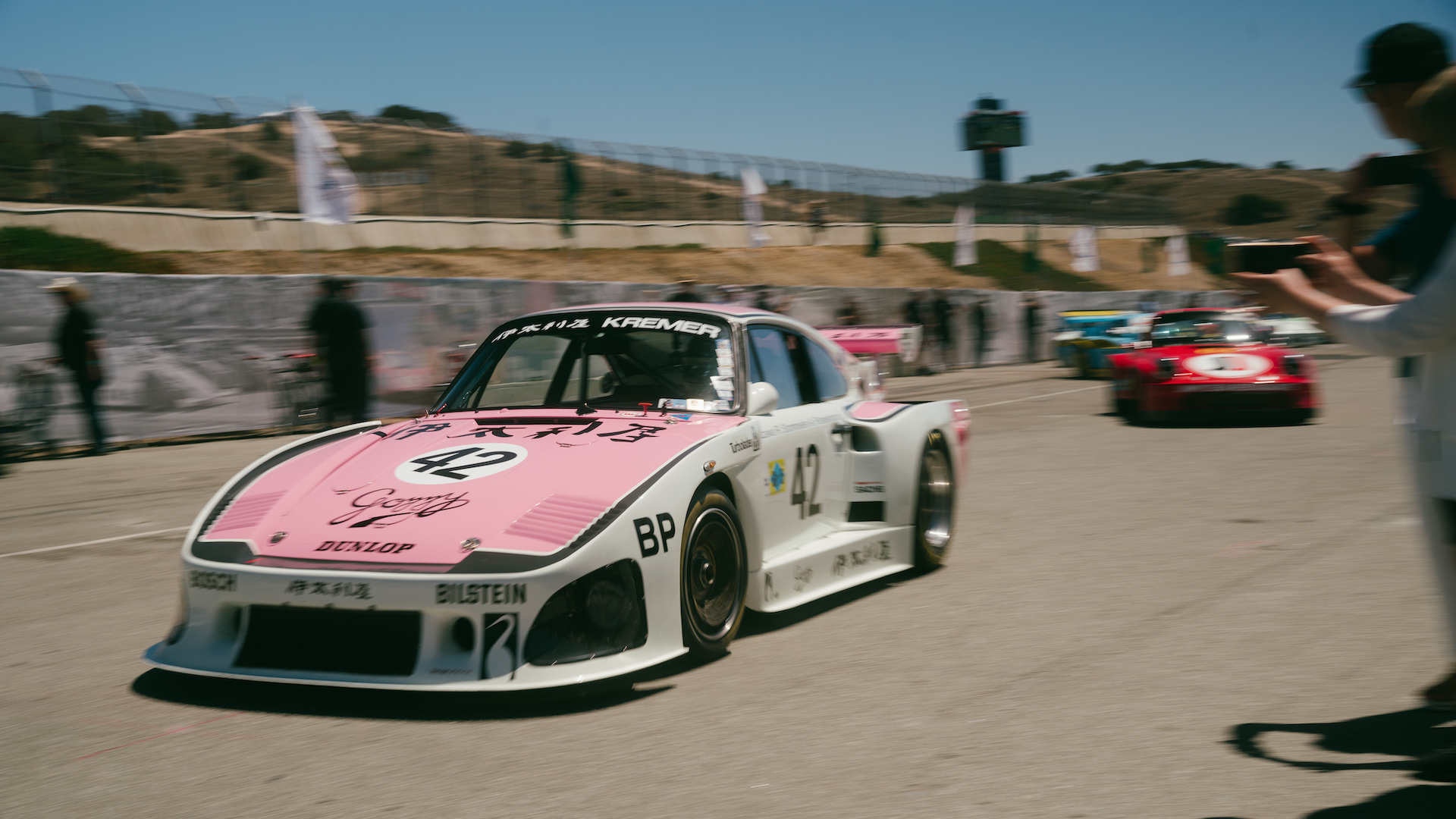
The crew and I took in the final race of the week at track level, a few feet from the rubbered-in tarmac and obstructed by only a chain link fence. It was a fitting final sonic baptism to end our Car Week with, one last meeting with some of the most impressive racing machines ever built, doing what they were intended to do, and kept running and raced by some of the most passionate auto enthusiasts on the planet – people that embody what Craft + Tailored does its best to embody in all our pursuits as a brand – obsession and passion. While there’s no easy way to sum up the experience of the whole week, it felt right to end it in the wake of deafening F1 cars instead of on the greens of a golf course, surrounded by garage queens. The same way we made a point of wearing those vintage watches all week, we think these cars need to be driven.
Here’s looking forward to next year – it’s got a lot to live up to.
Photos by Cooper Naitove (@mrjuicebox)

Check out 'Reference Tracks' our Spotify playlist. We’ll take you through what’s been spinning on the black circle at the C + T offices.

Never miss a watch. Get push notifications for new items and content as well as exclusive access to app only product launches.
Sign up for our newsletter to receive updates and exclusive offers